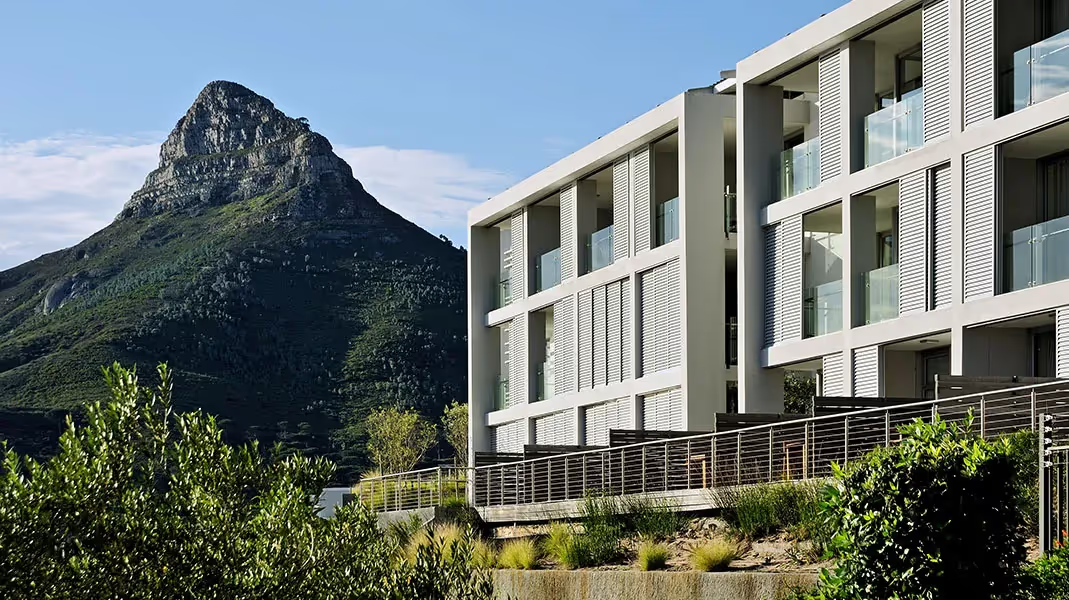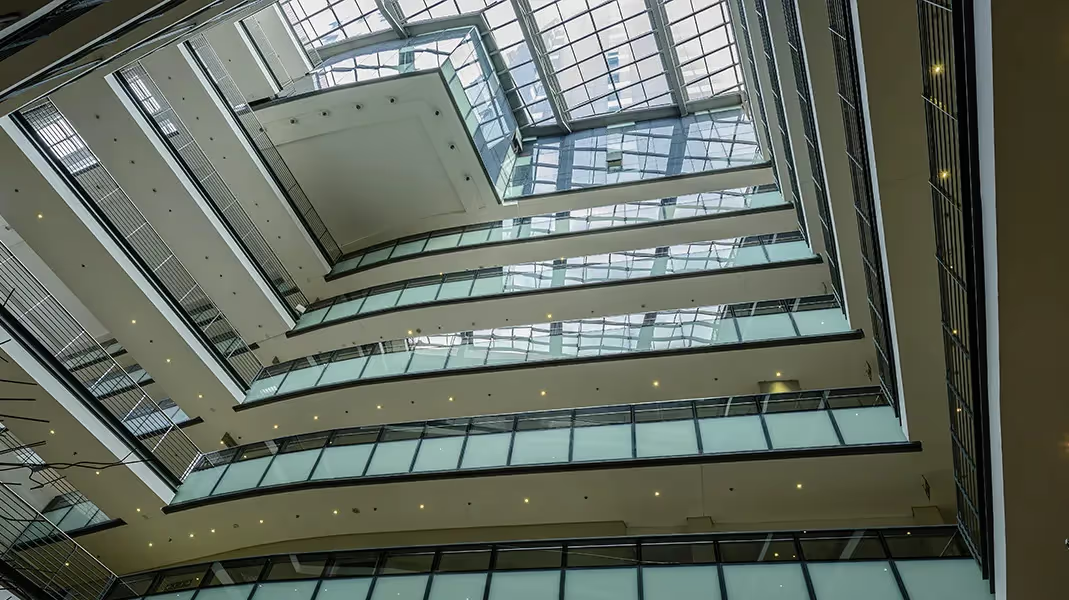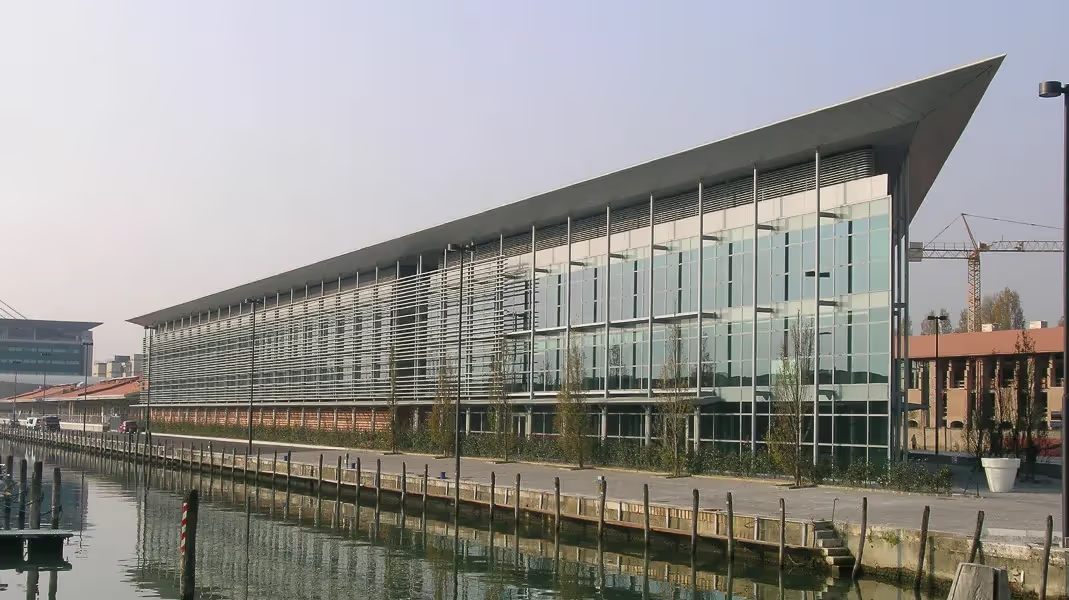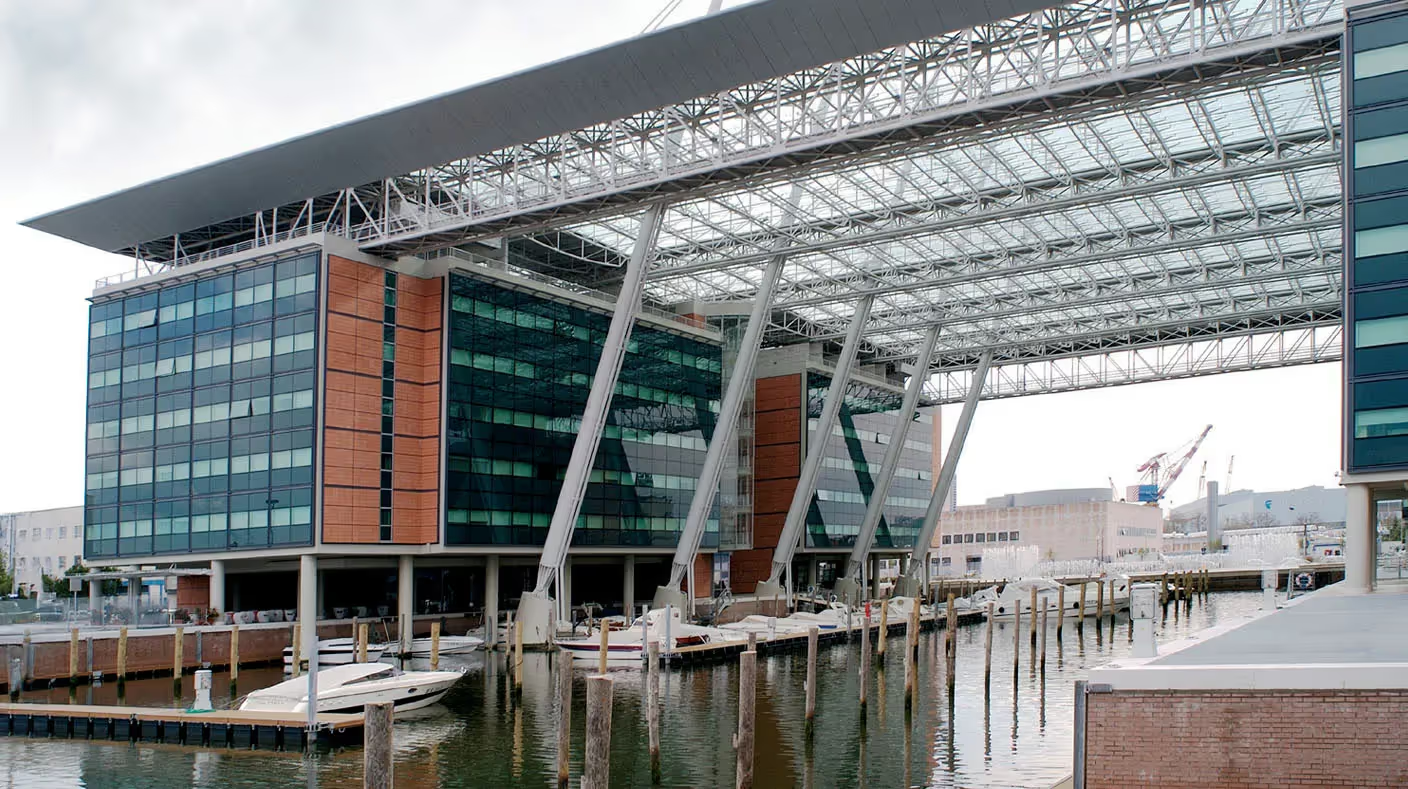[ view project ]
Timbuktu was a thriving university city for over a thousand years. It was historically a seat of Islamic learning housing many ancient Islamic texts and books. Written in almost forgotten languages and dialects of North Africa, these priceless but decaying collections were being stored in private homes throughout the city. The Ahmed Baba centre was established to restore the scattered collection.
The project was conceived when then-South African President Thabo Mbeki established a presidential project as a gift from the people of South Africa to the people
of Mali, reflecting his concern for the preservation of African heritage. The centre is located on the world heritage site in the Sankore Precinct, occupying a zone between the old mud-brick city and the more modern periphery. Over time, pedestrian movement carved the old city into a complex urban grain of narrow and secretive streets.
Our design response sought to capture these unique qualities. The new buildings were formulated as a microcosm of greater Timbuktu; an experiential route uniting the programmatic functions to form an interactive whole. At ground level, the complex comprises a covered ceremonial arrival galleria on axis with the minaret of the old Sankore mosque, a book restoration and digitising workshop, photographic studio, meeting spaces, library and guest house for visiting academics. These spaces are linked by a system of internal ‘streets’ and courtyards, reflecting the historic context.
A cool, temperature-stable basement houses the archive, storage and reading room. The auditorium, used for lectures and public functions, lies in the central courtyard at the heart of the complex. The first floor houses offices and visitor accommodation. The building extends to include a raked amphitheatre fronting the arrival galleria. Its single storey outer edges are activated with retail uses around the square. The balance of the public square is left as found, giving the mosque pride of place at the heart of the local community.
The architectural expression is a synthesis of old and new building traditions. Thick sun-baked mud brick walls with deeply recessed openings represent the old, while the overarching off-shutter concrete provide a contemporary expression of shelter and shade. These two materials form the main compositional elements.
Hand chiselled stone screens filter the sun and animate the façade. Crafted by local artisans, these screens respond to the Moroccan influence on the local vernacular. Internally these decorative yet practical devices provide a tranquil and cool environment away from the unrelenting desert sun.
-
Iwan Baan - Photographer



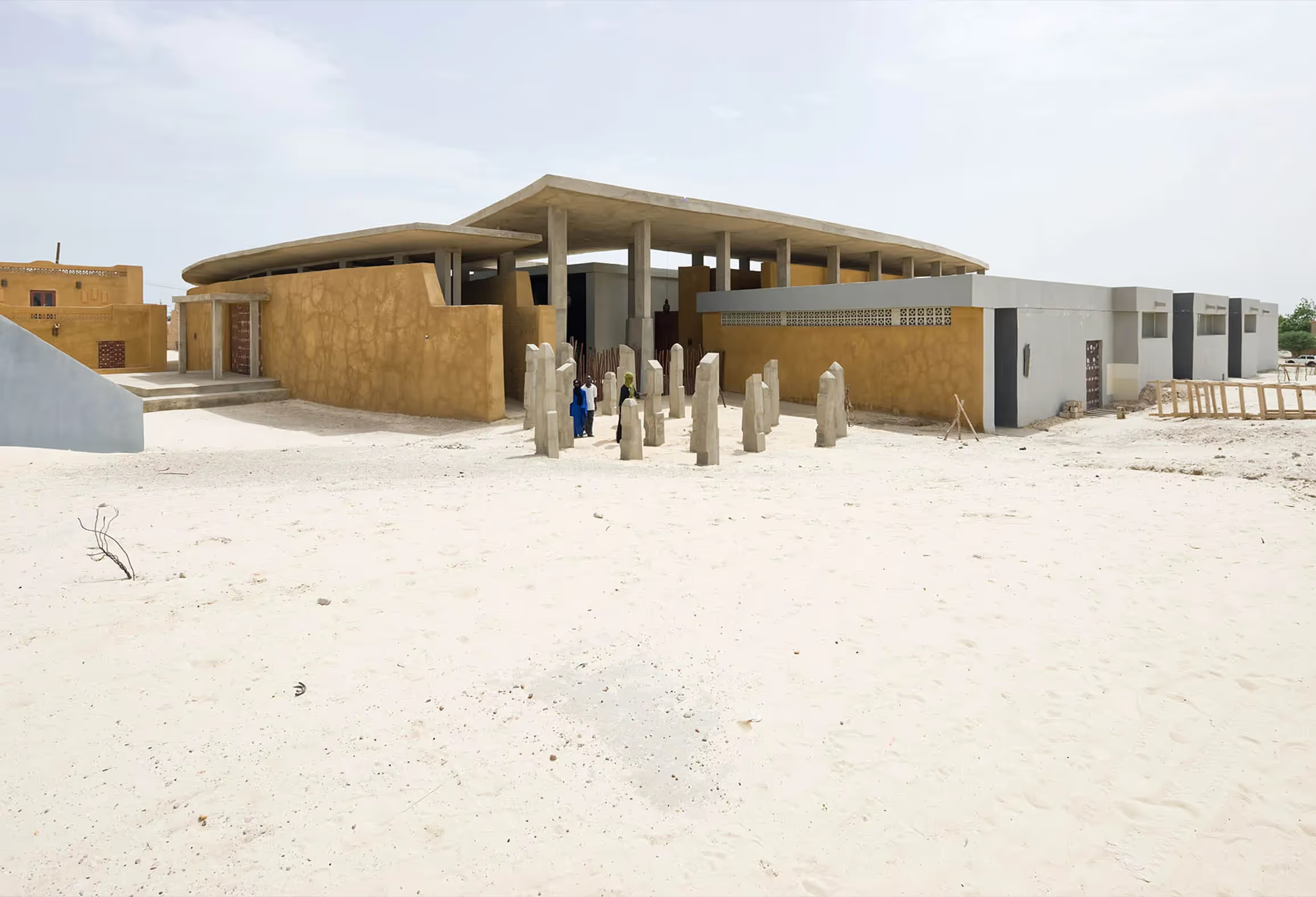
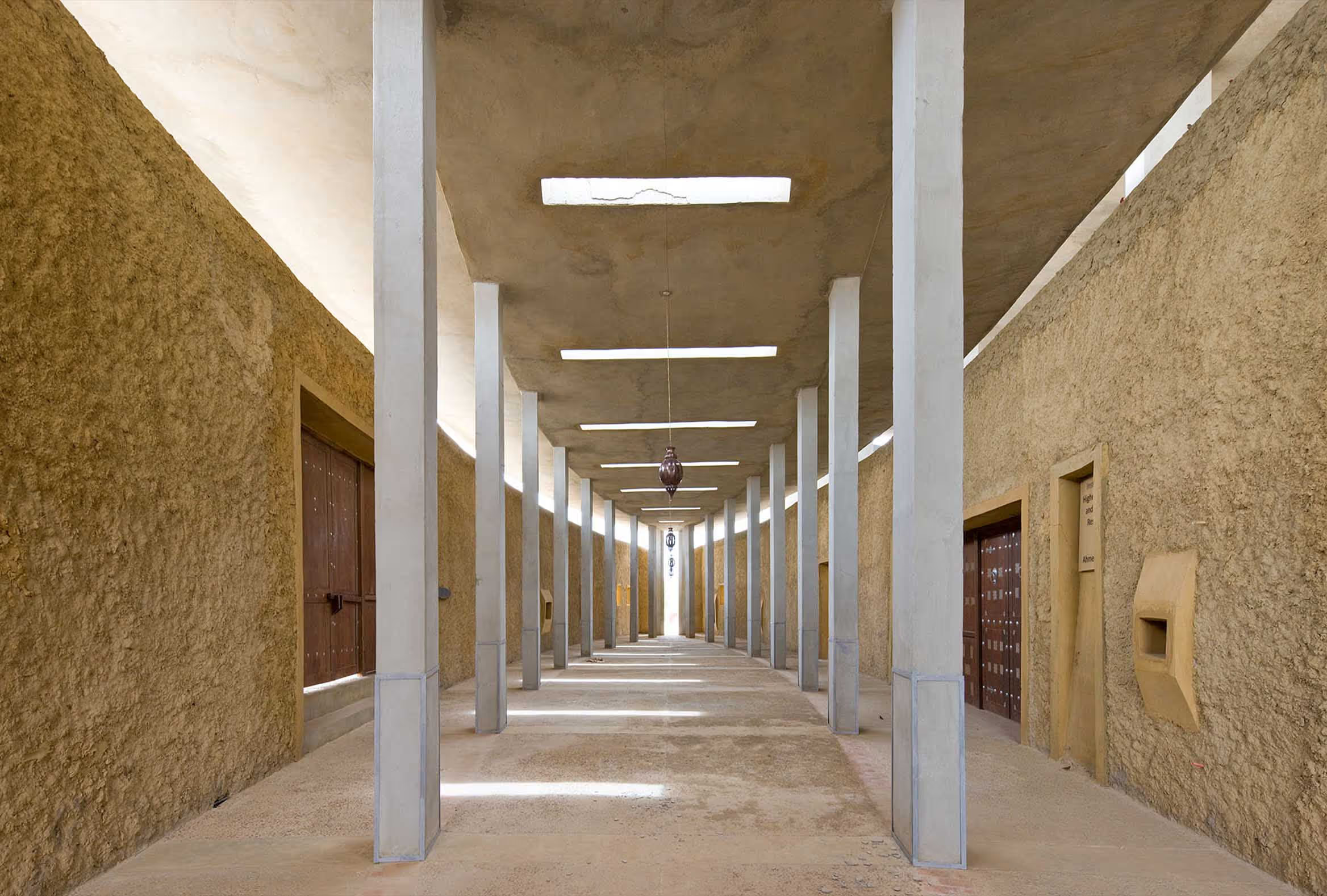

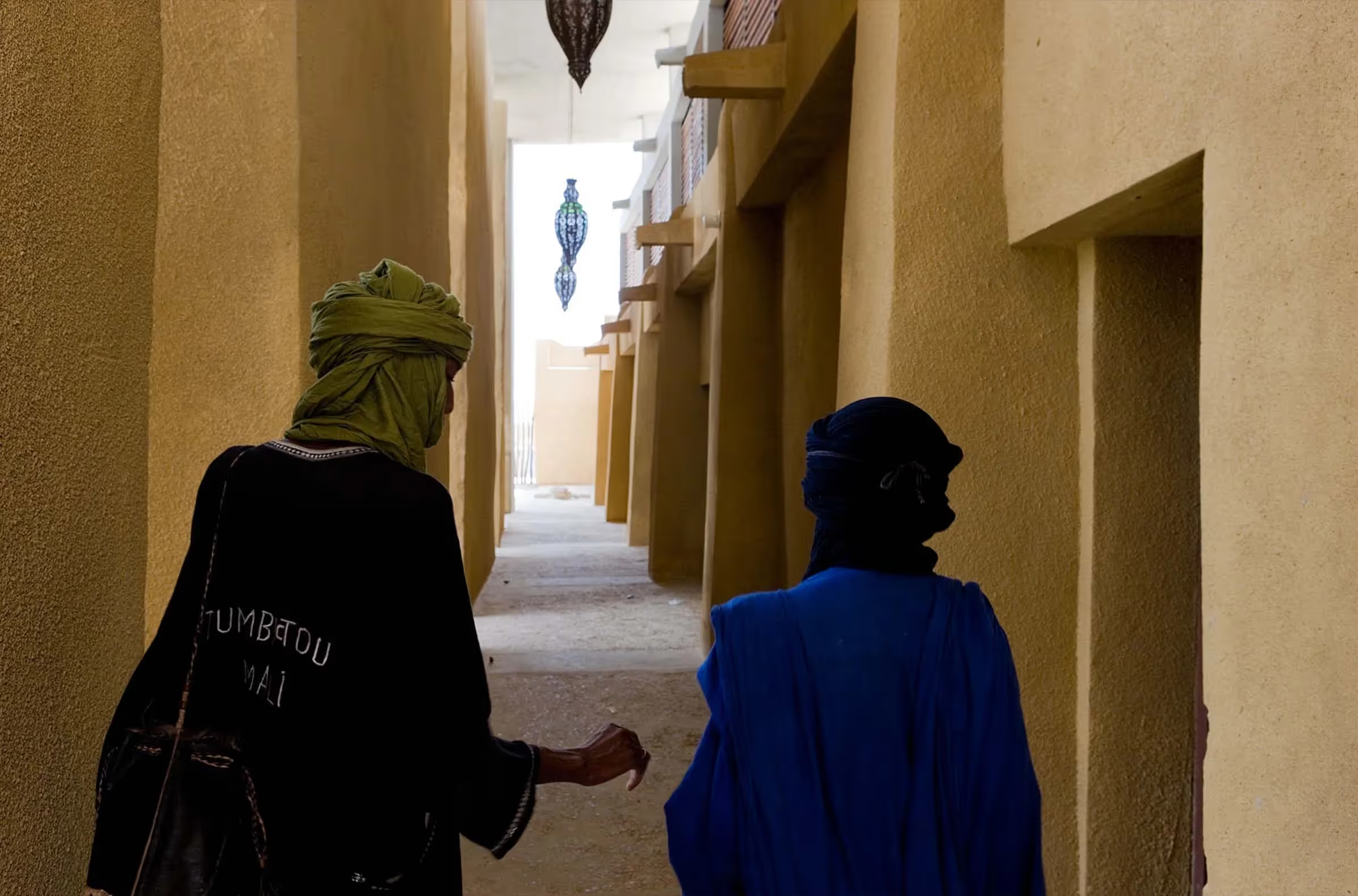
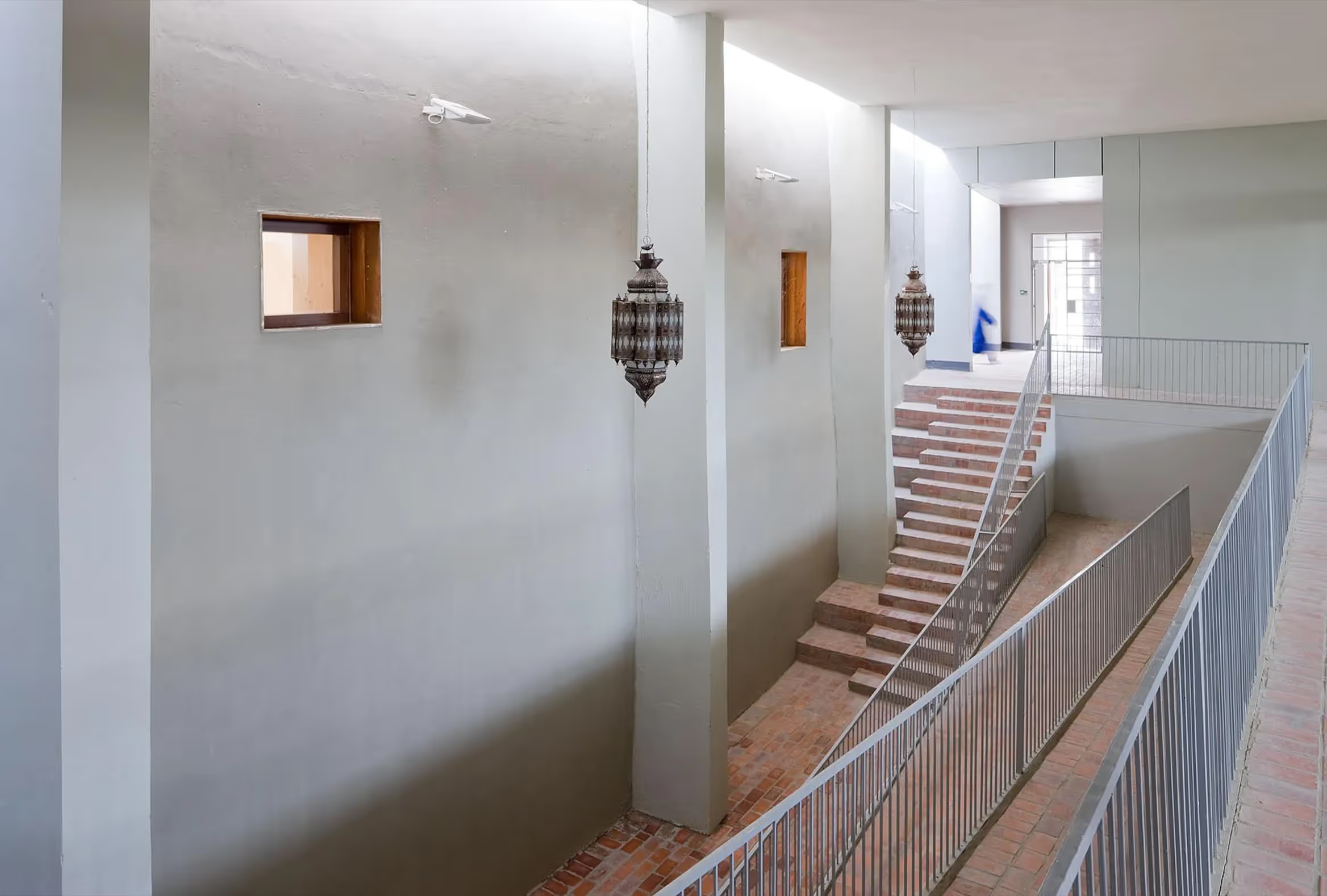
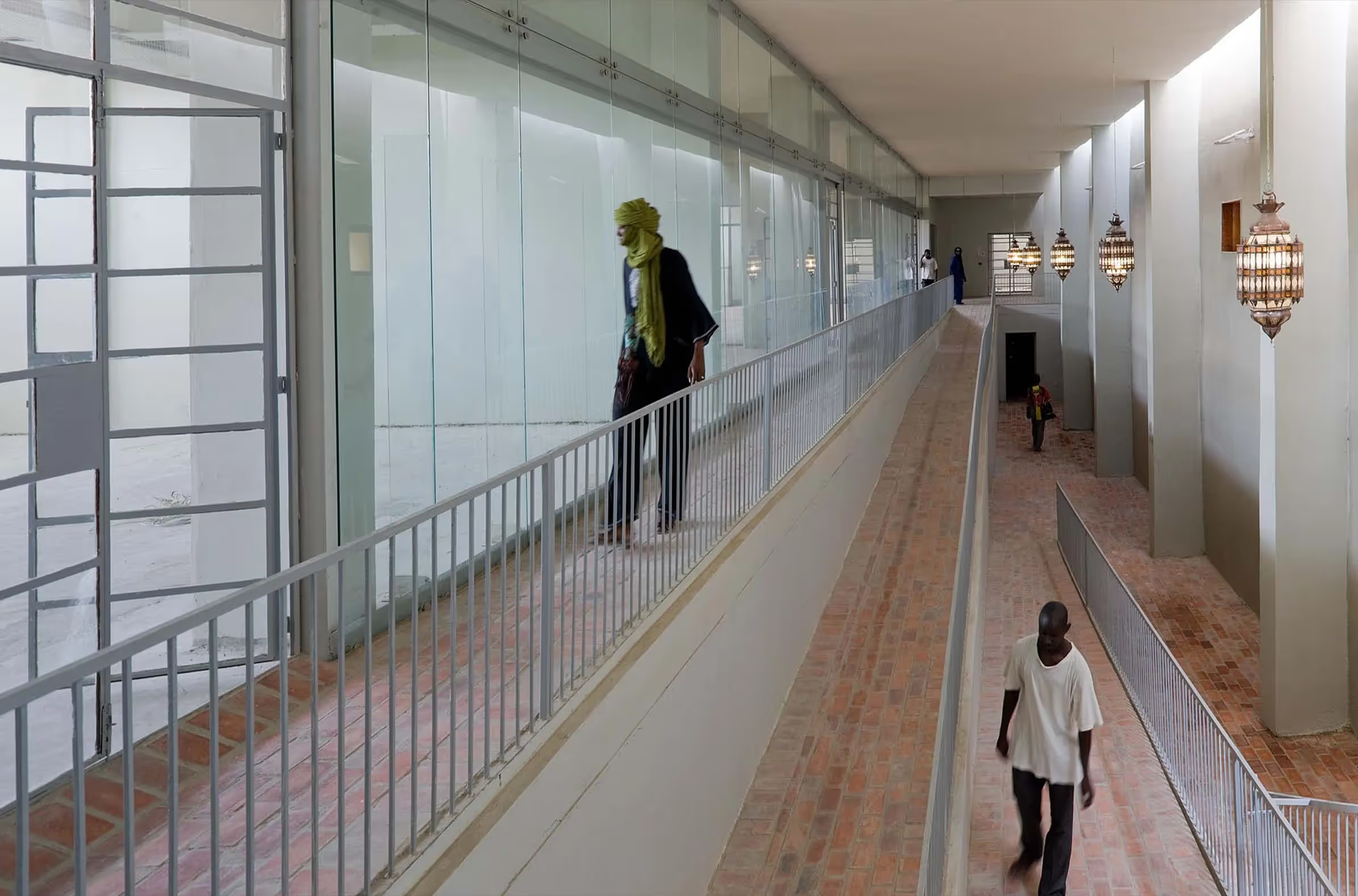
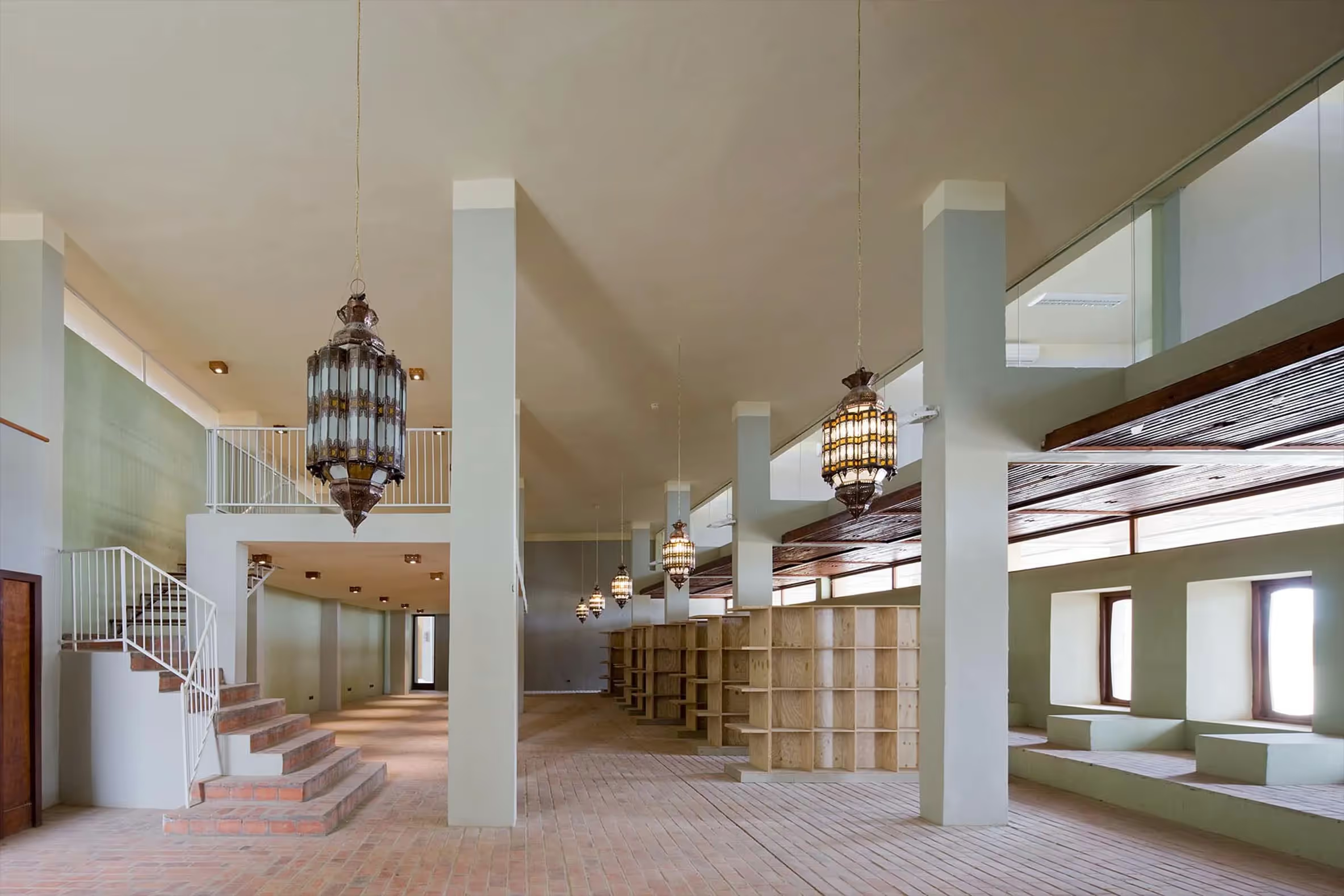


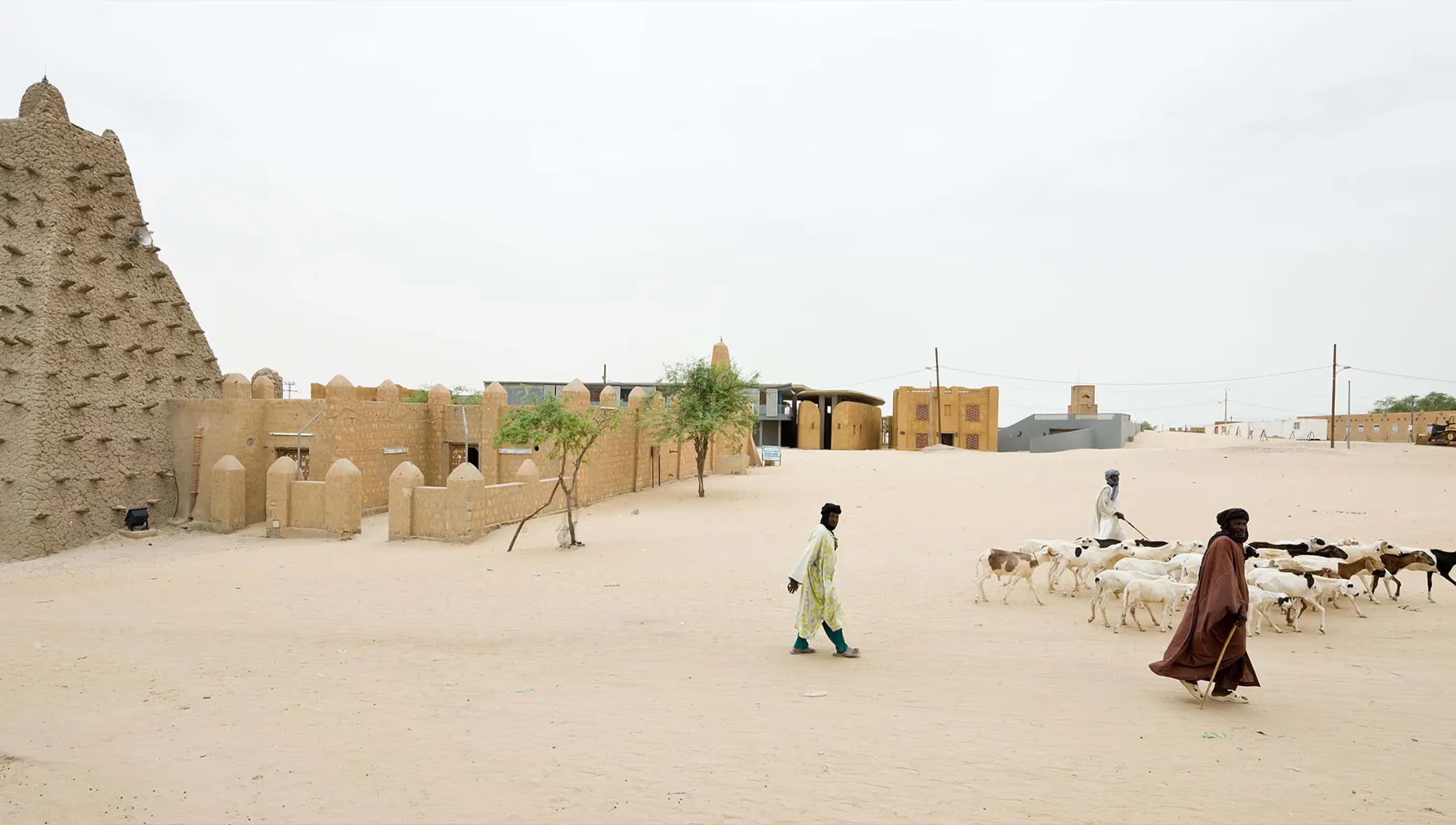
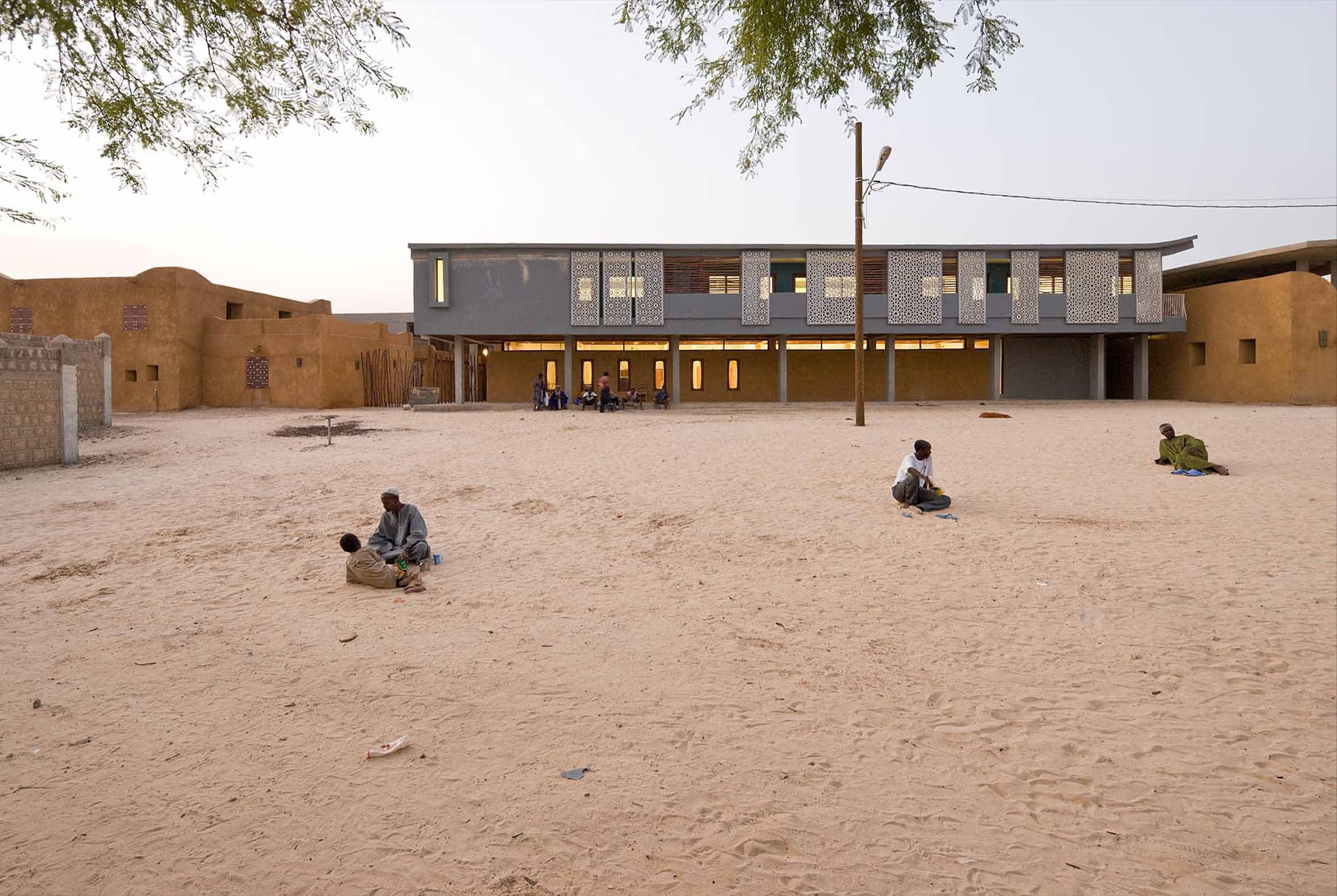
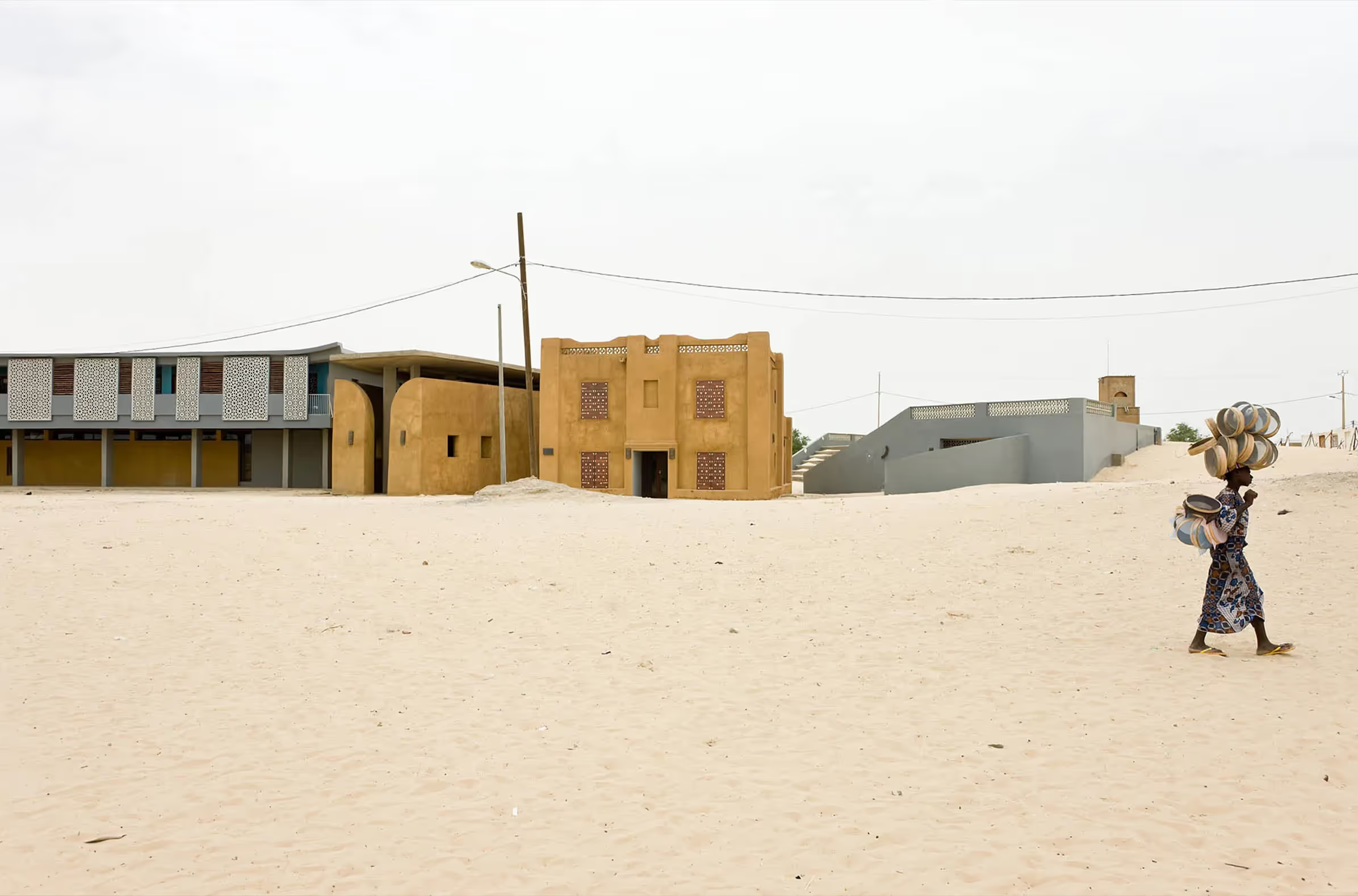
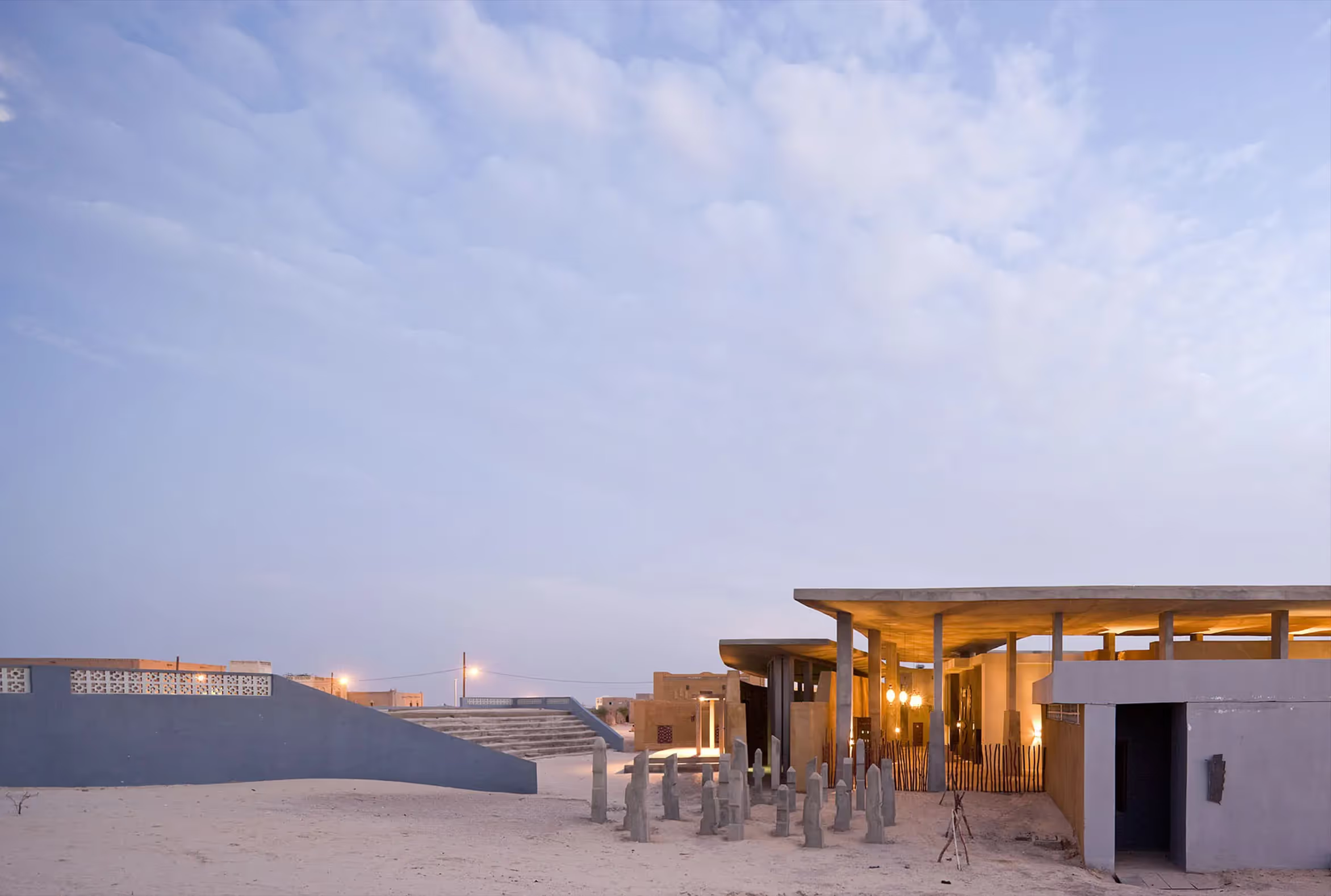
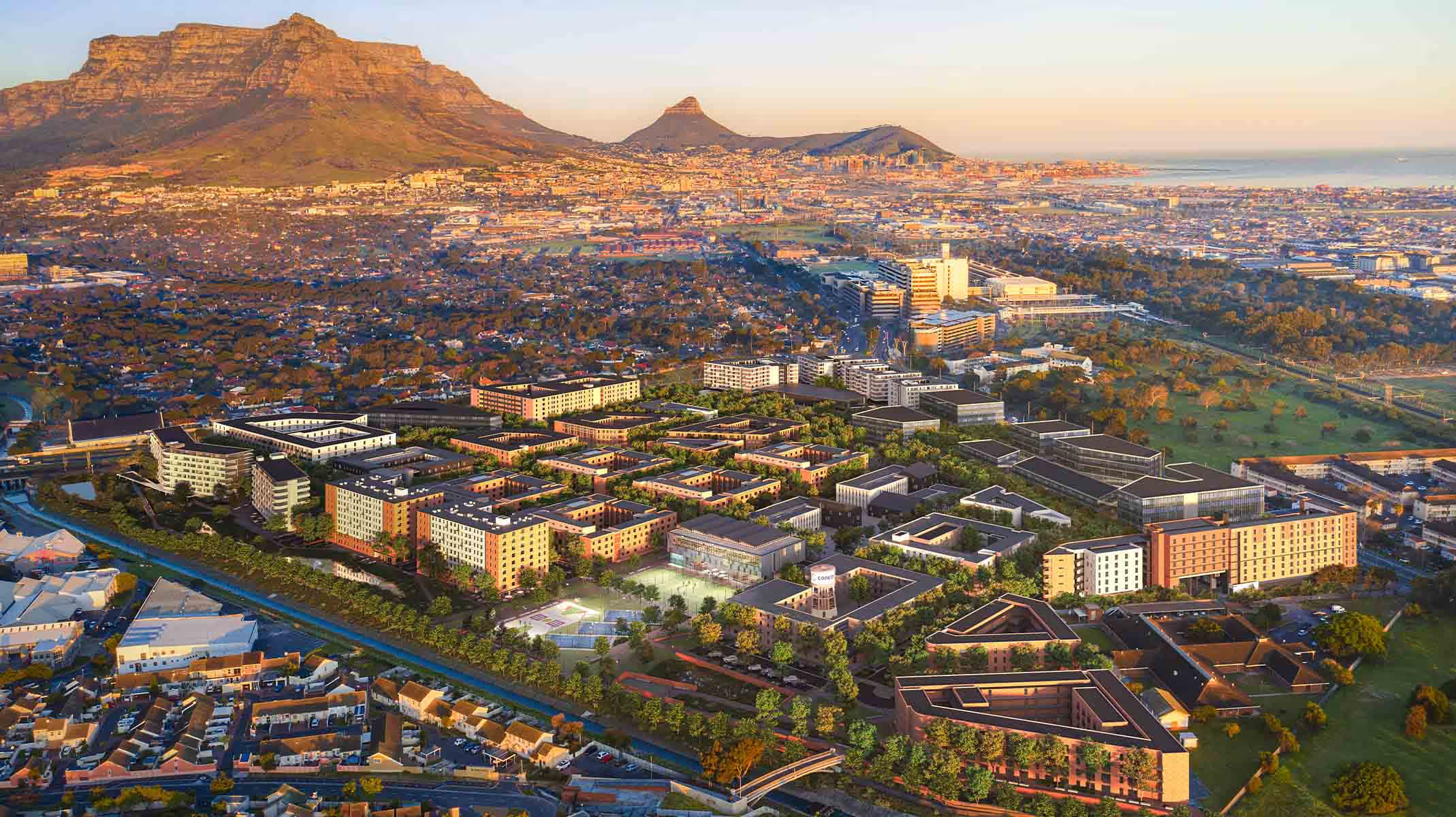

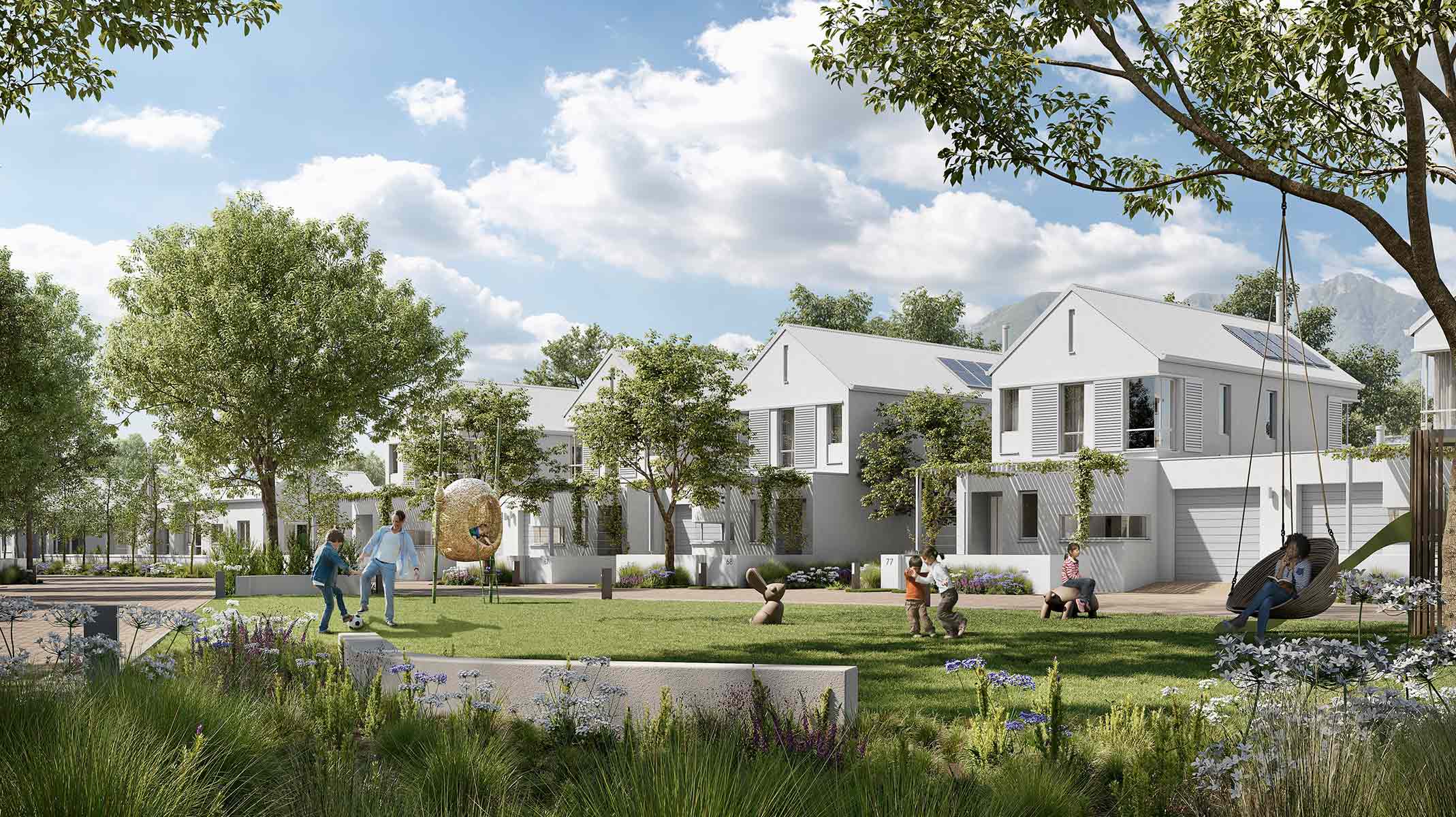
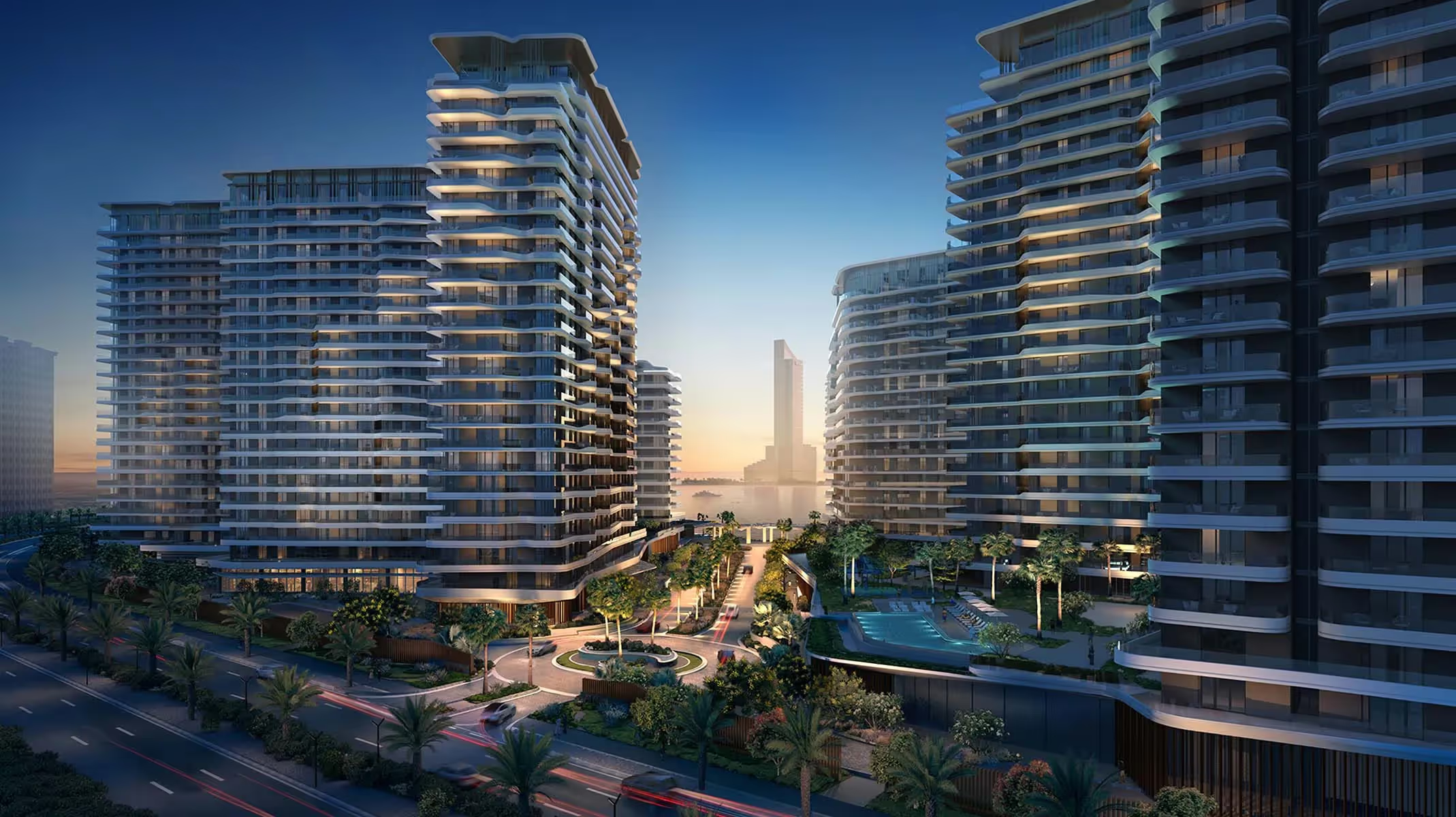
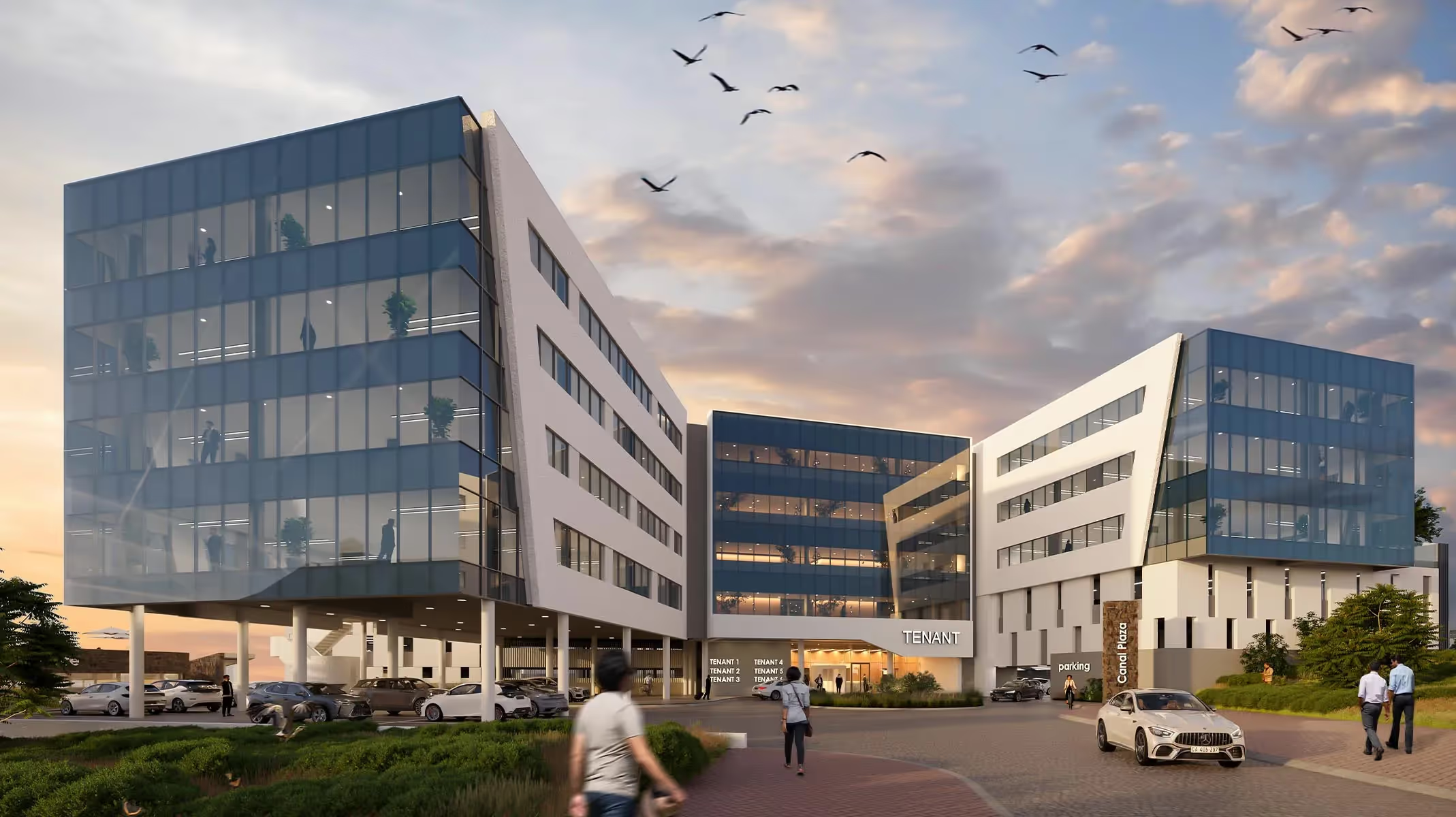
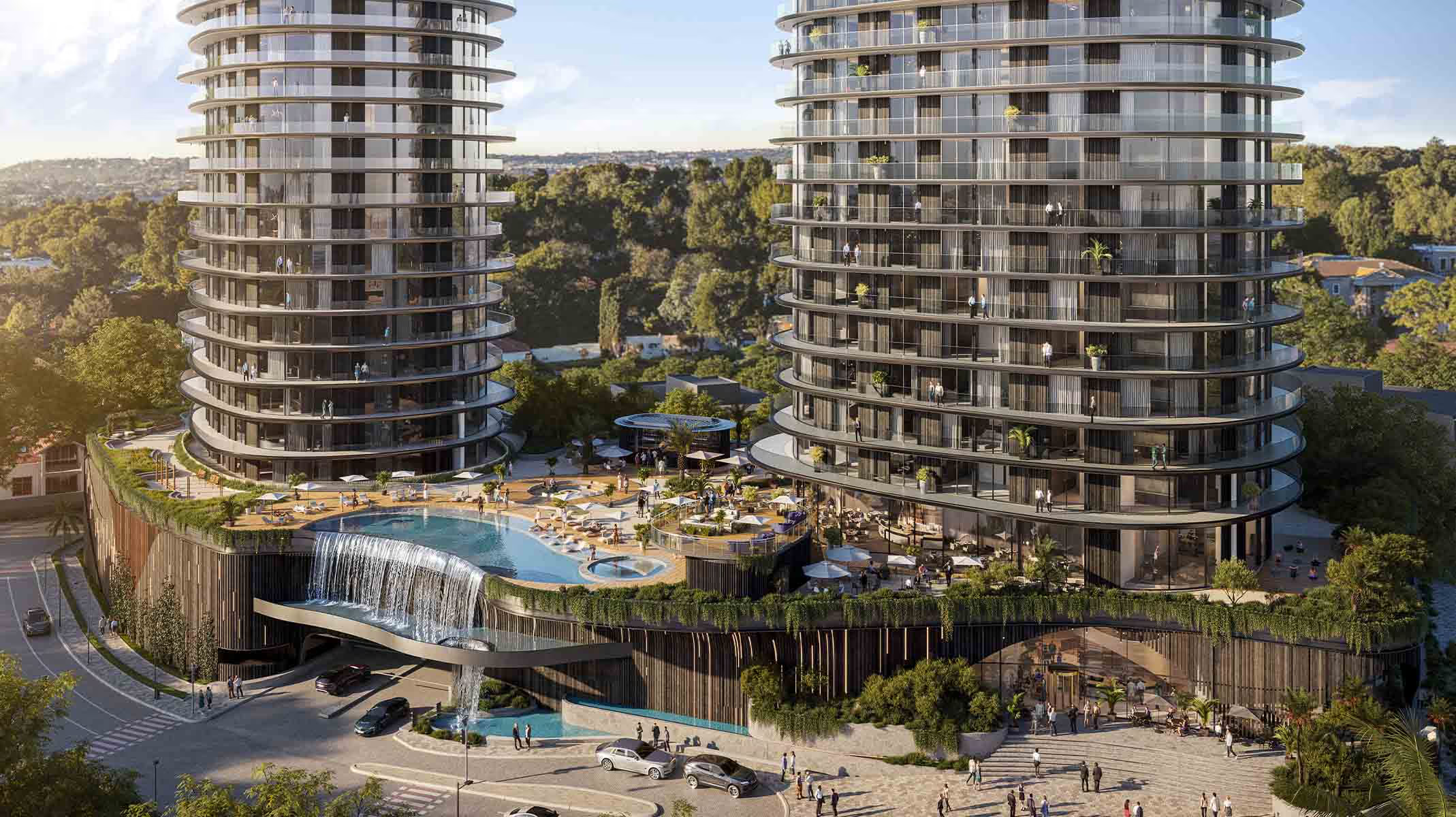
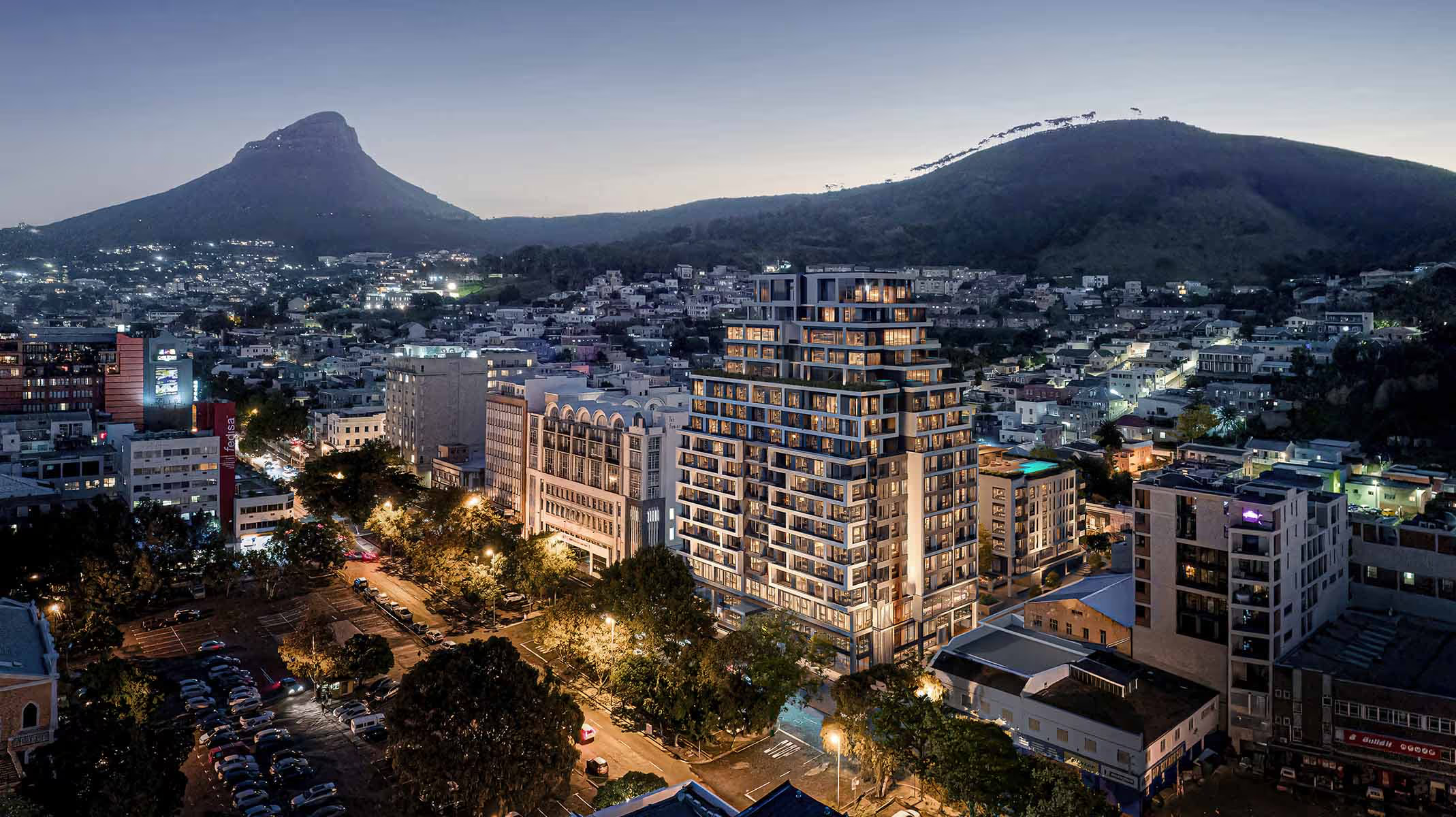
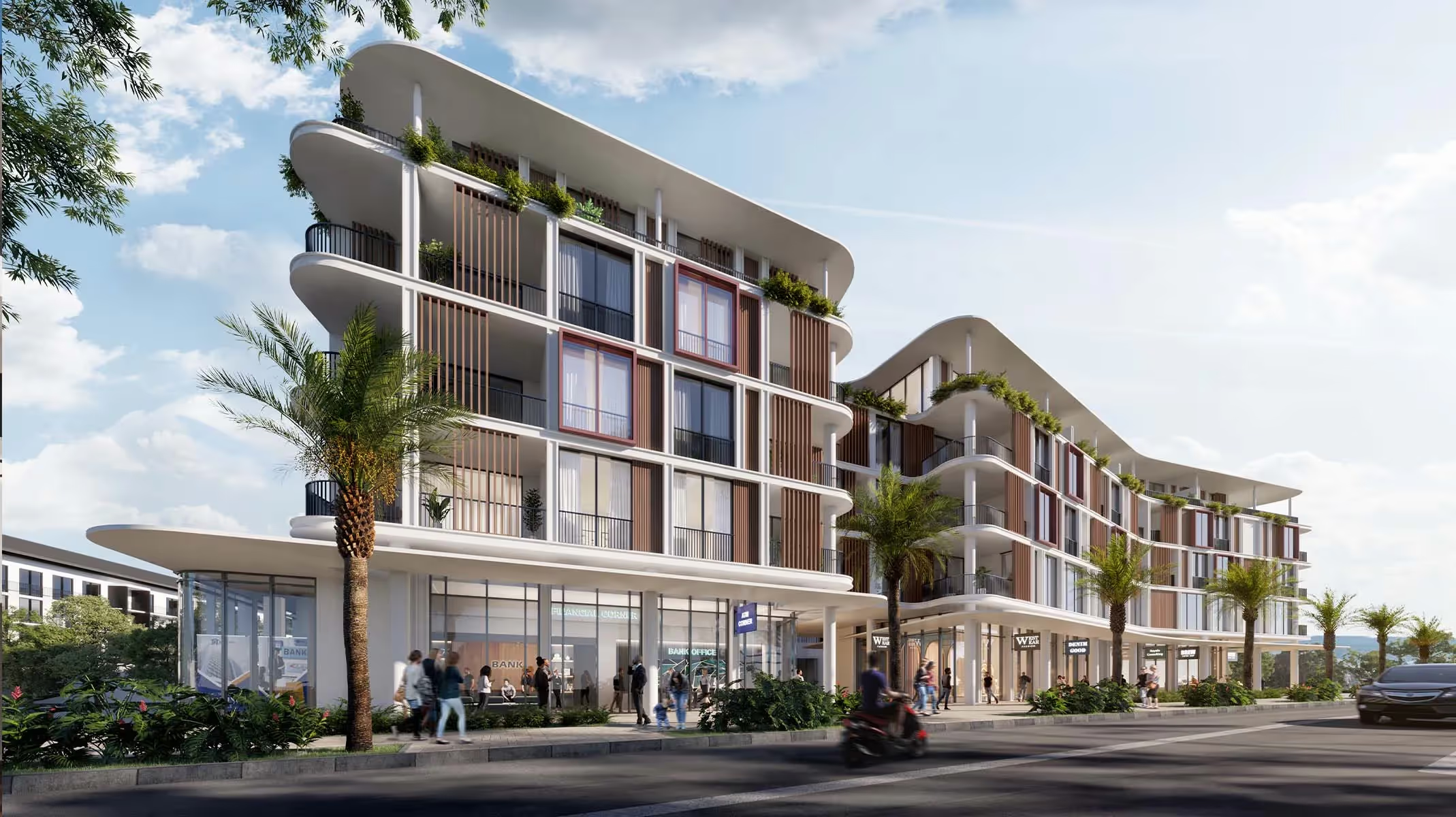
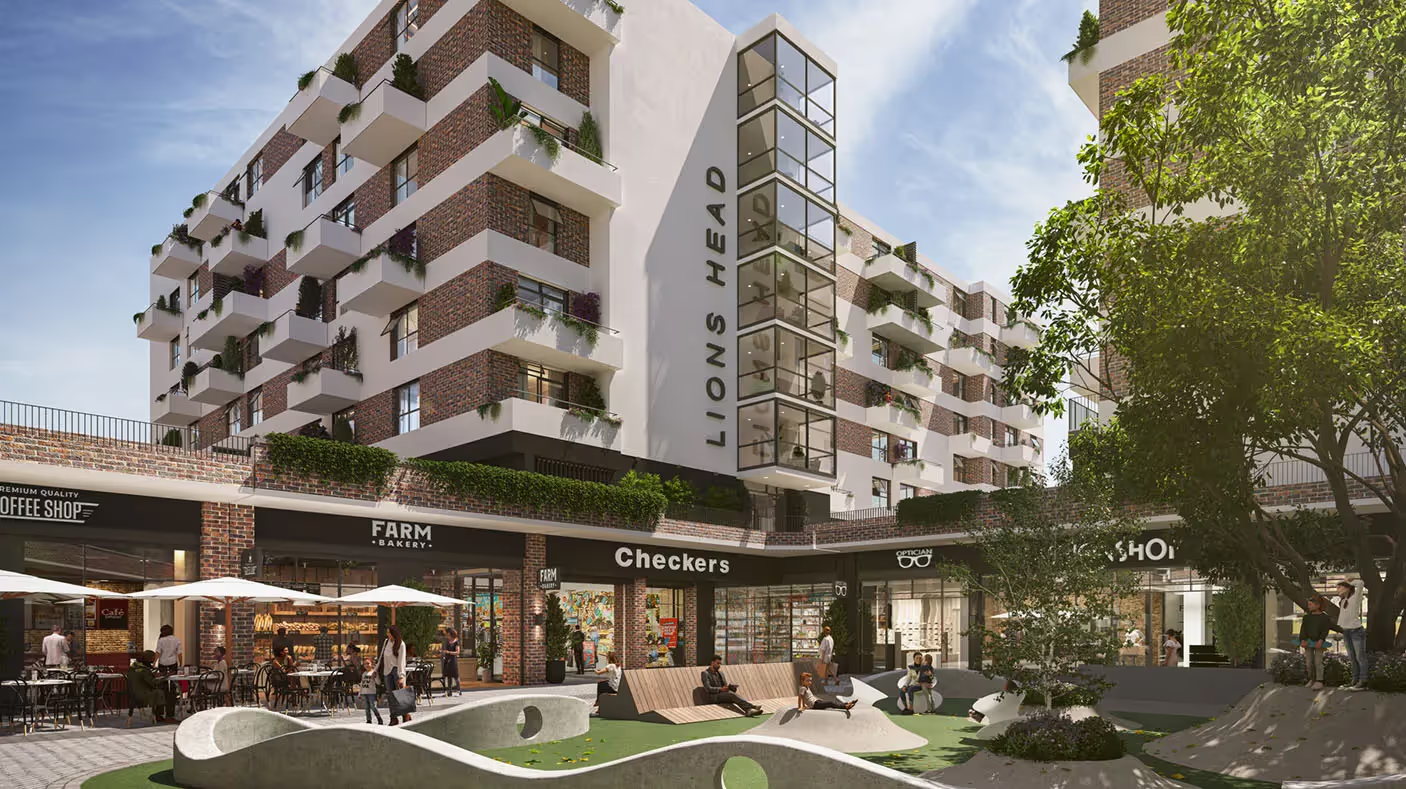
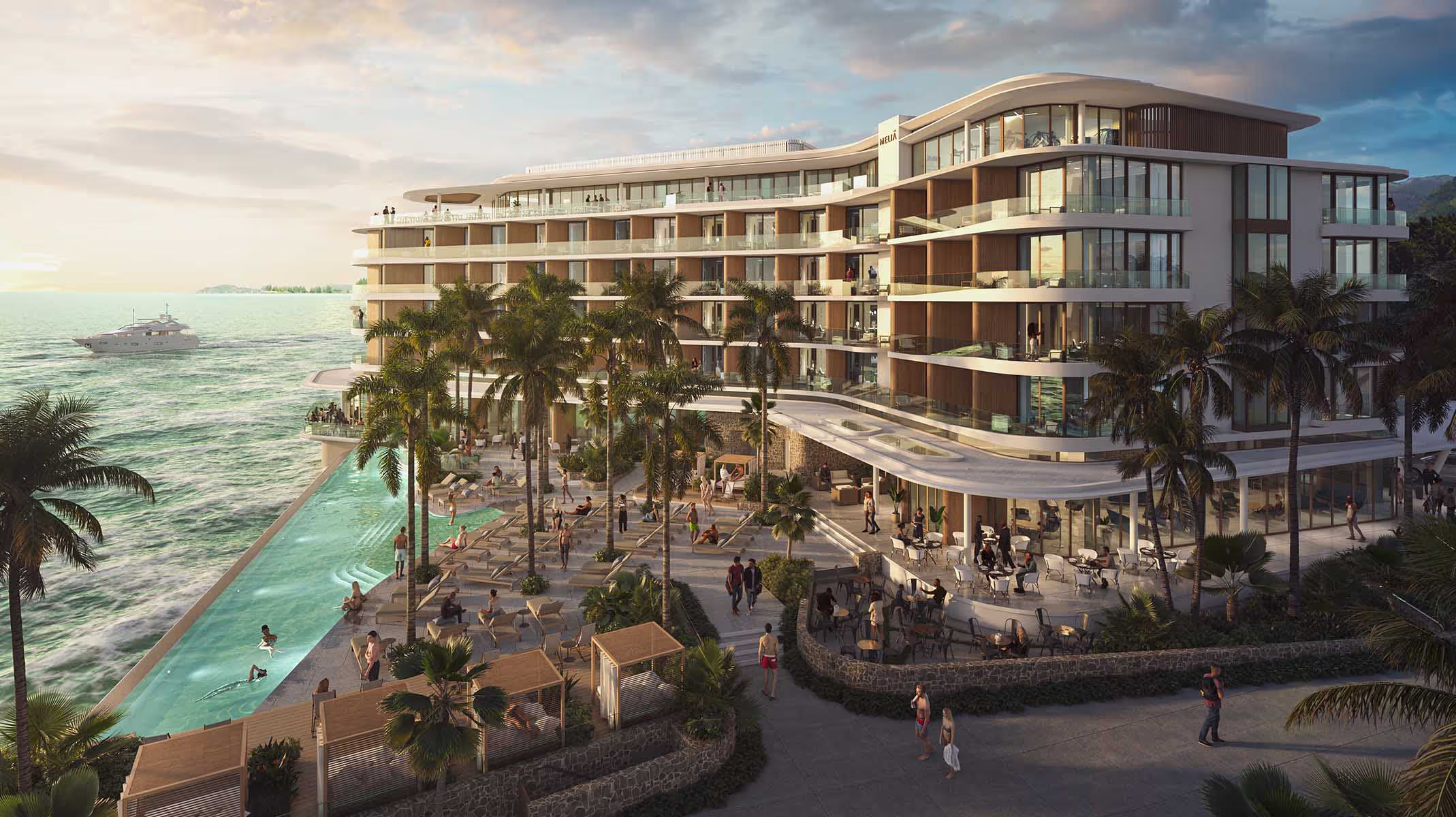
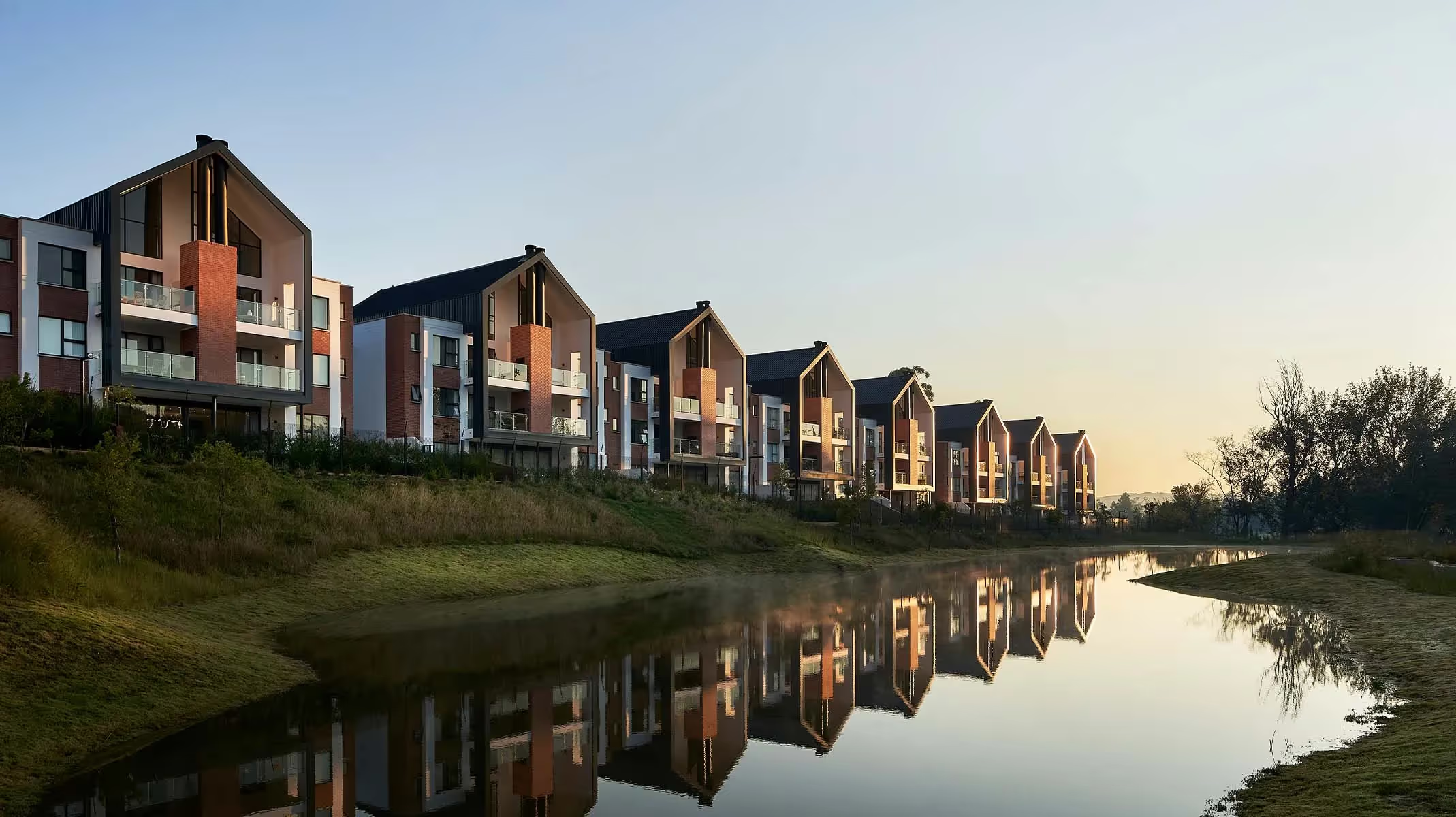
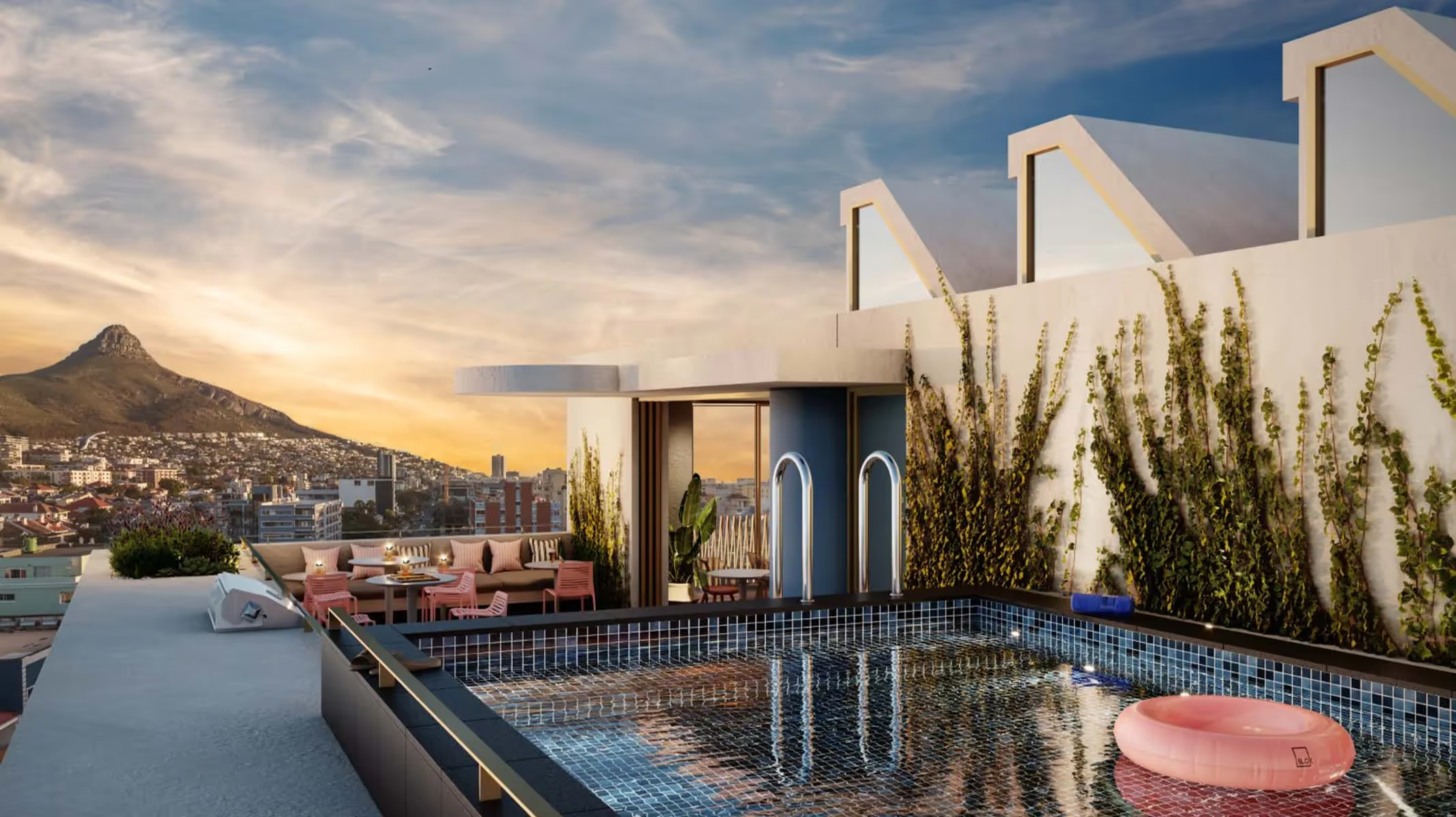
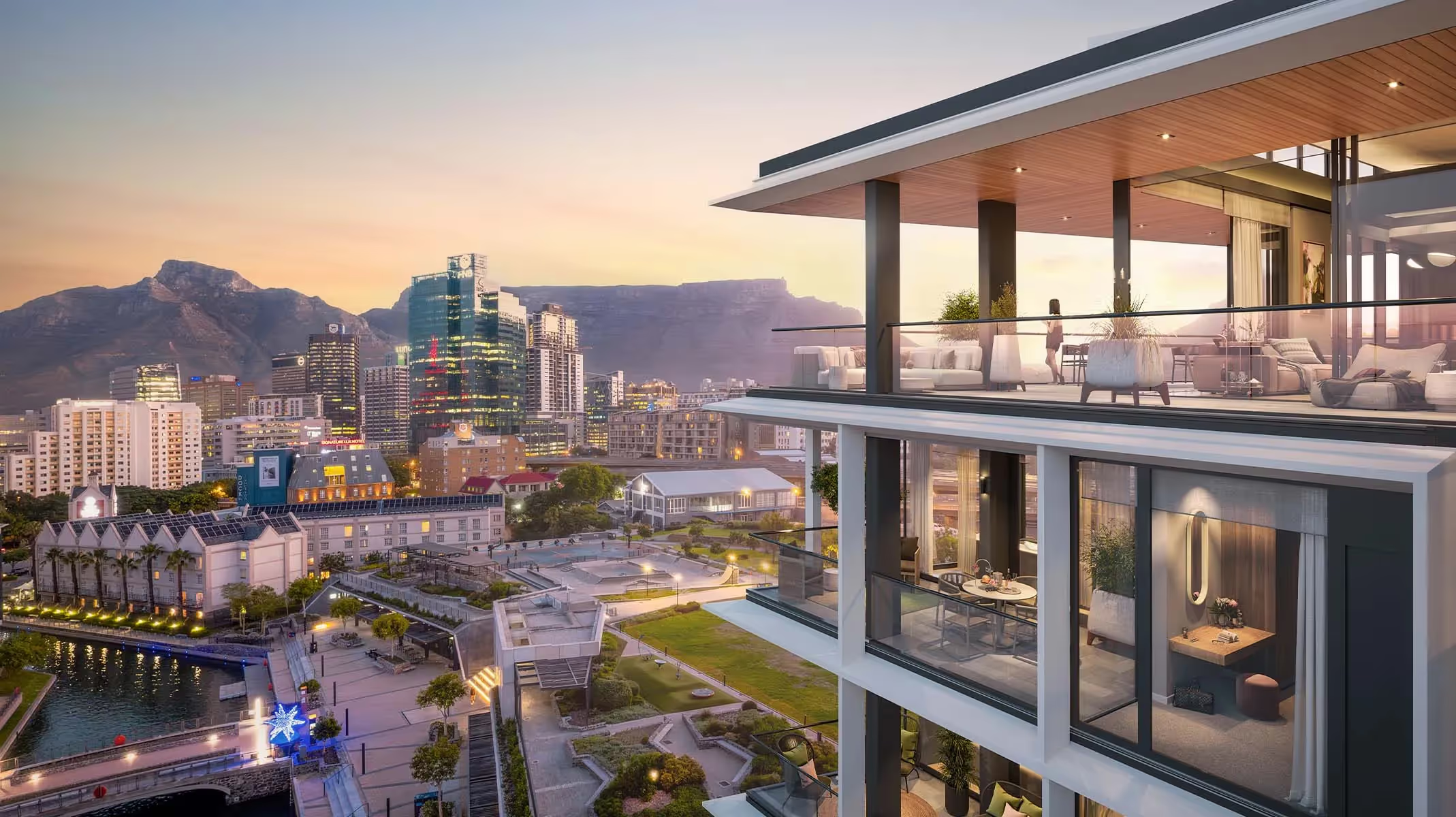
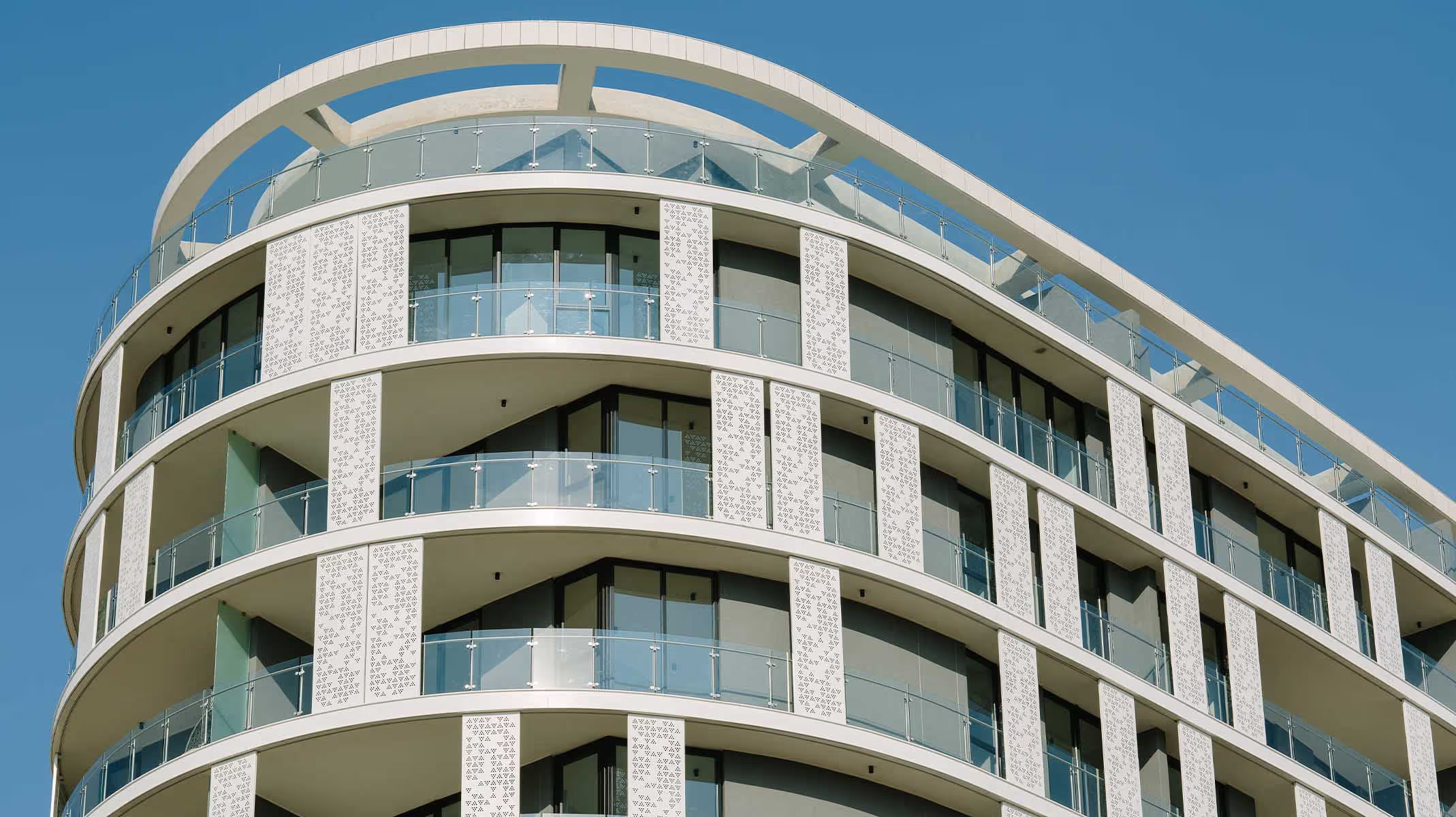
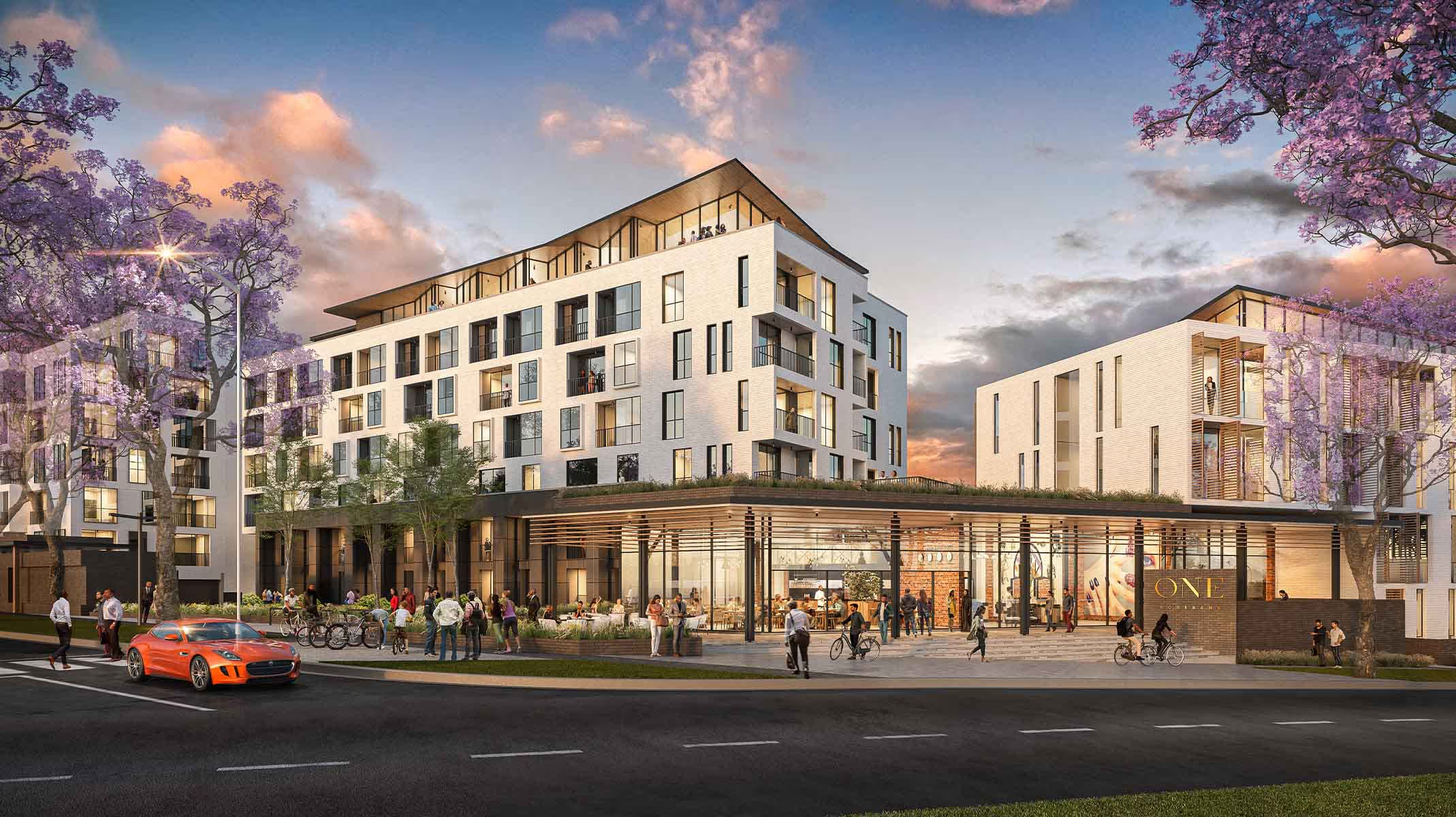
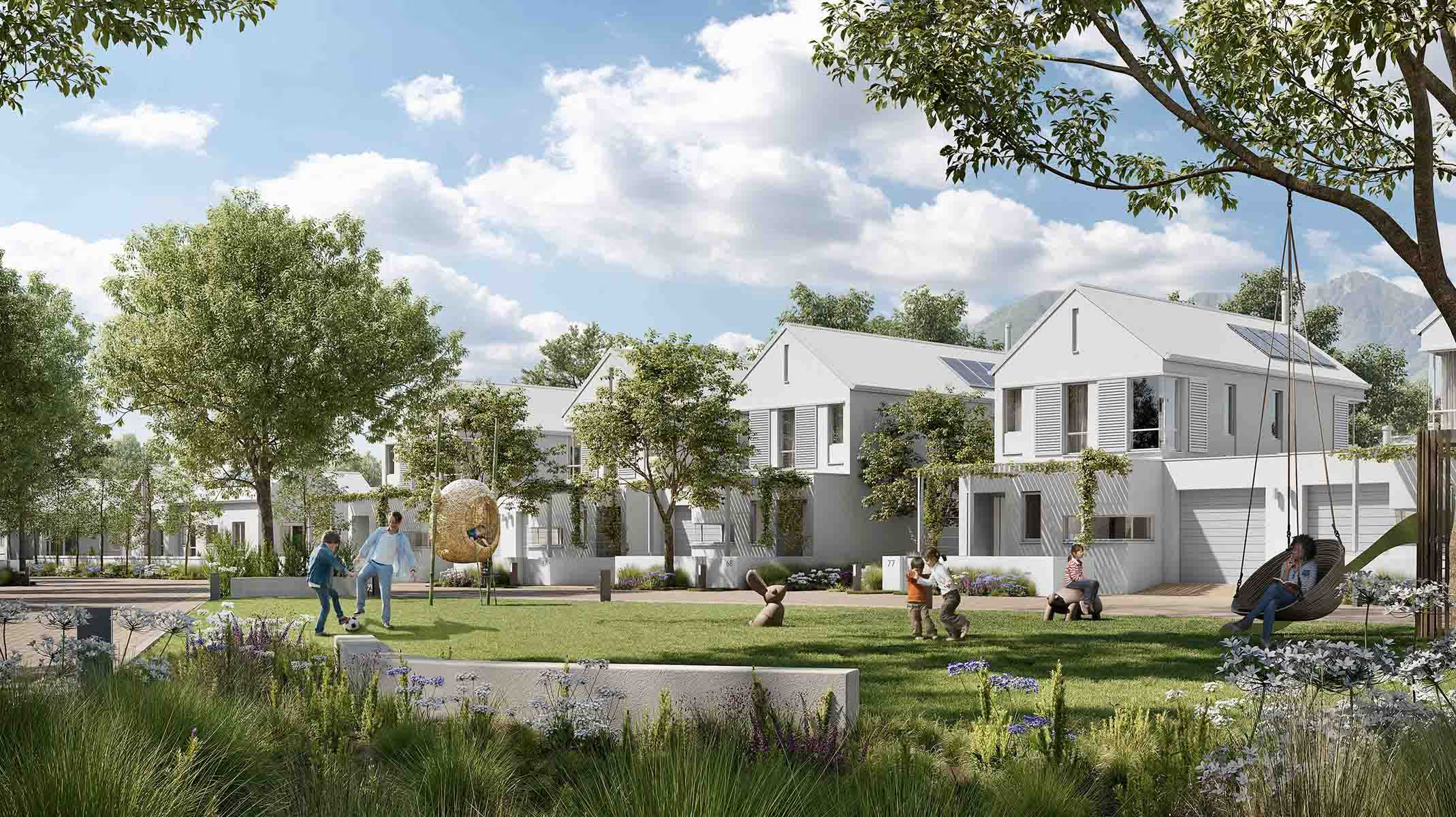

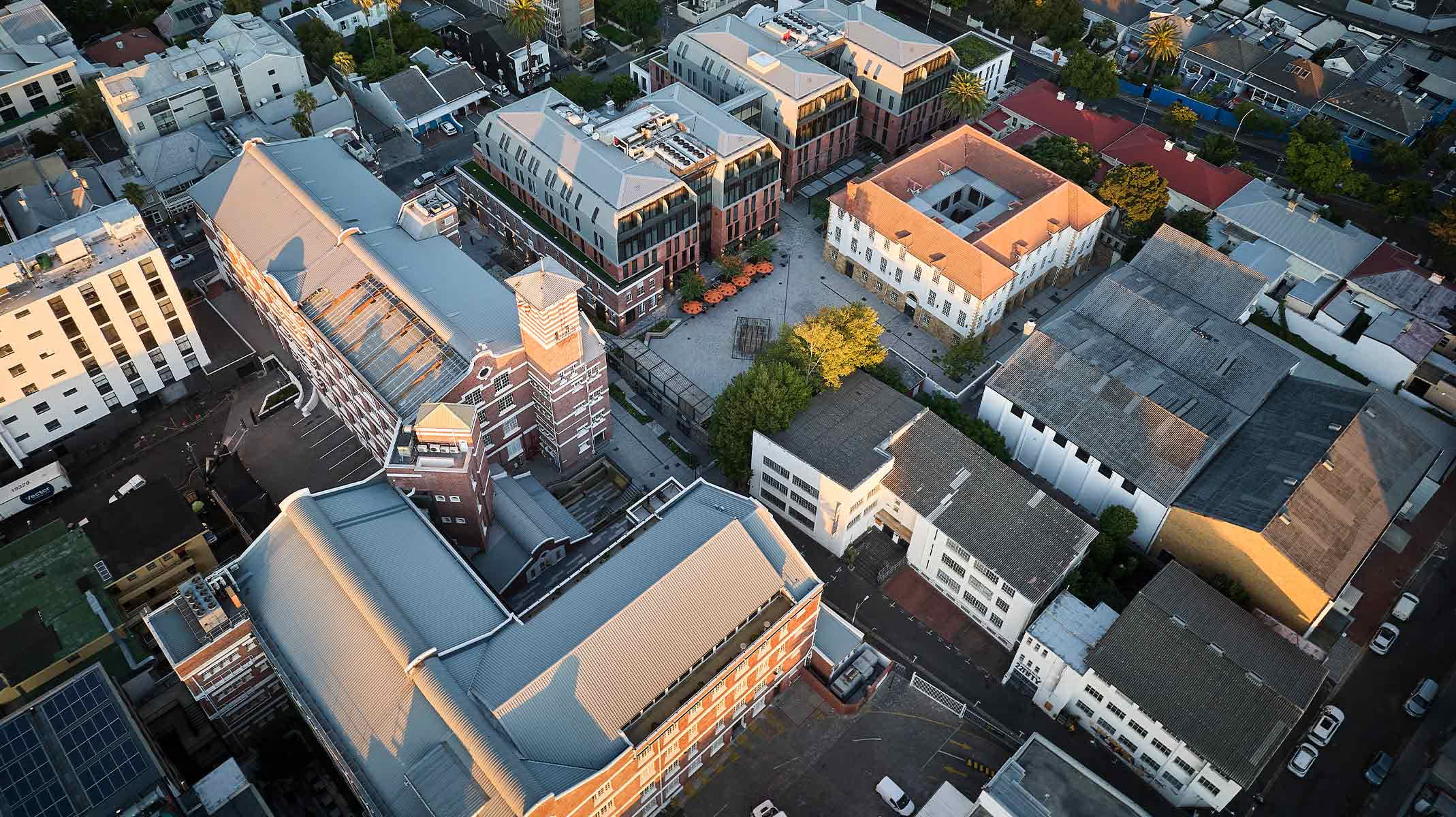

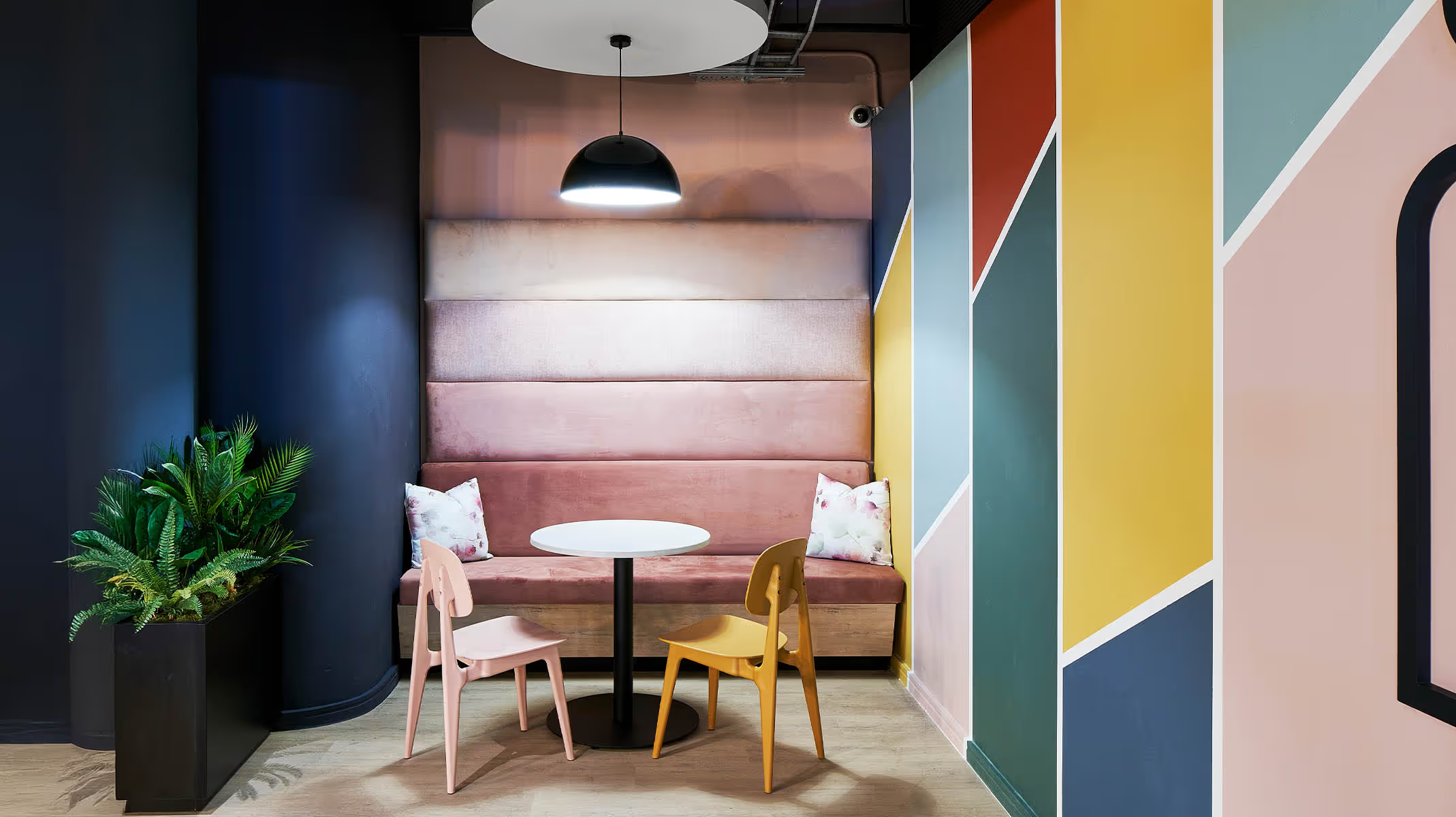
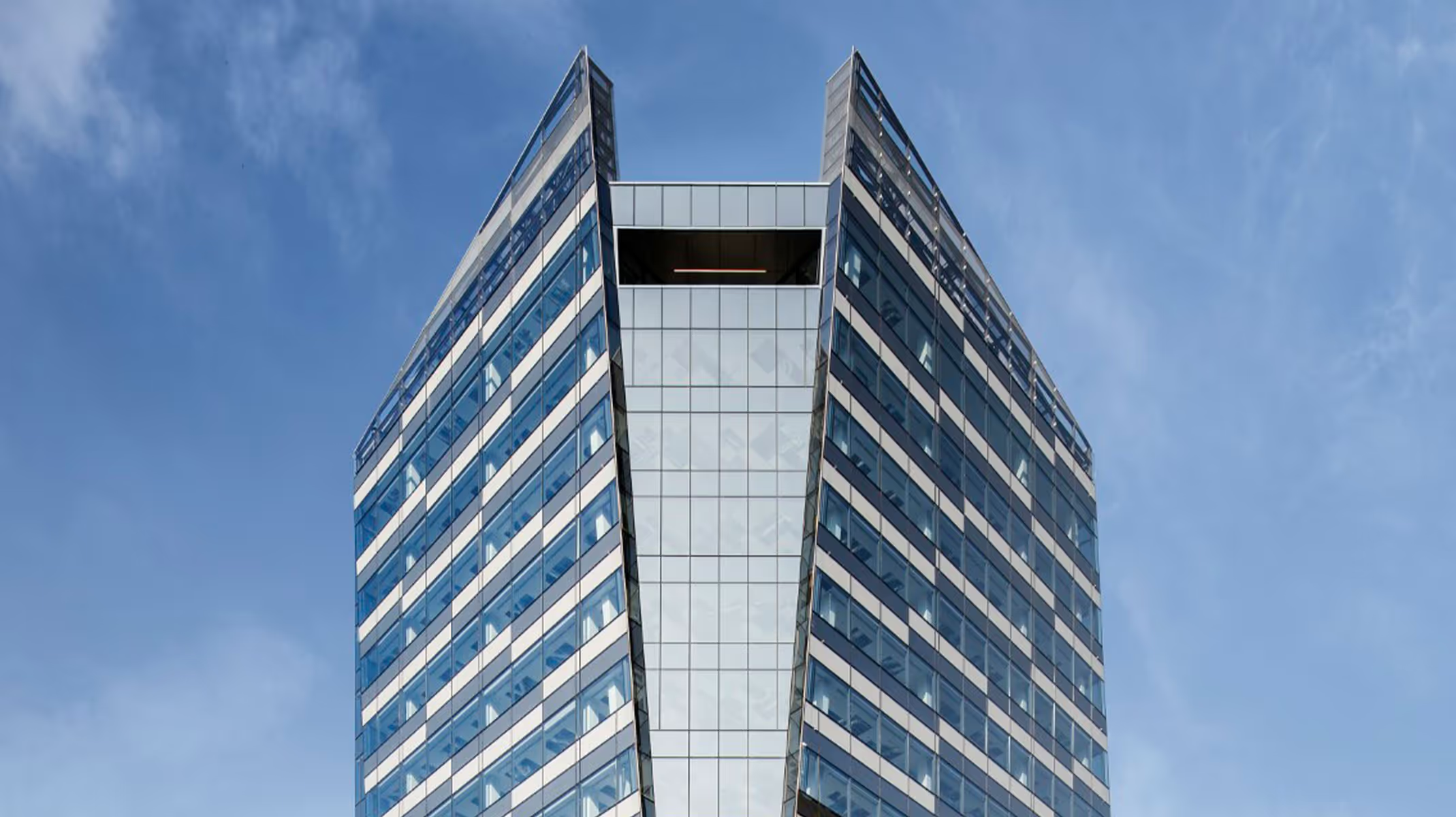
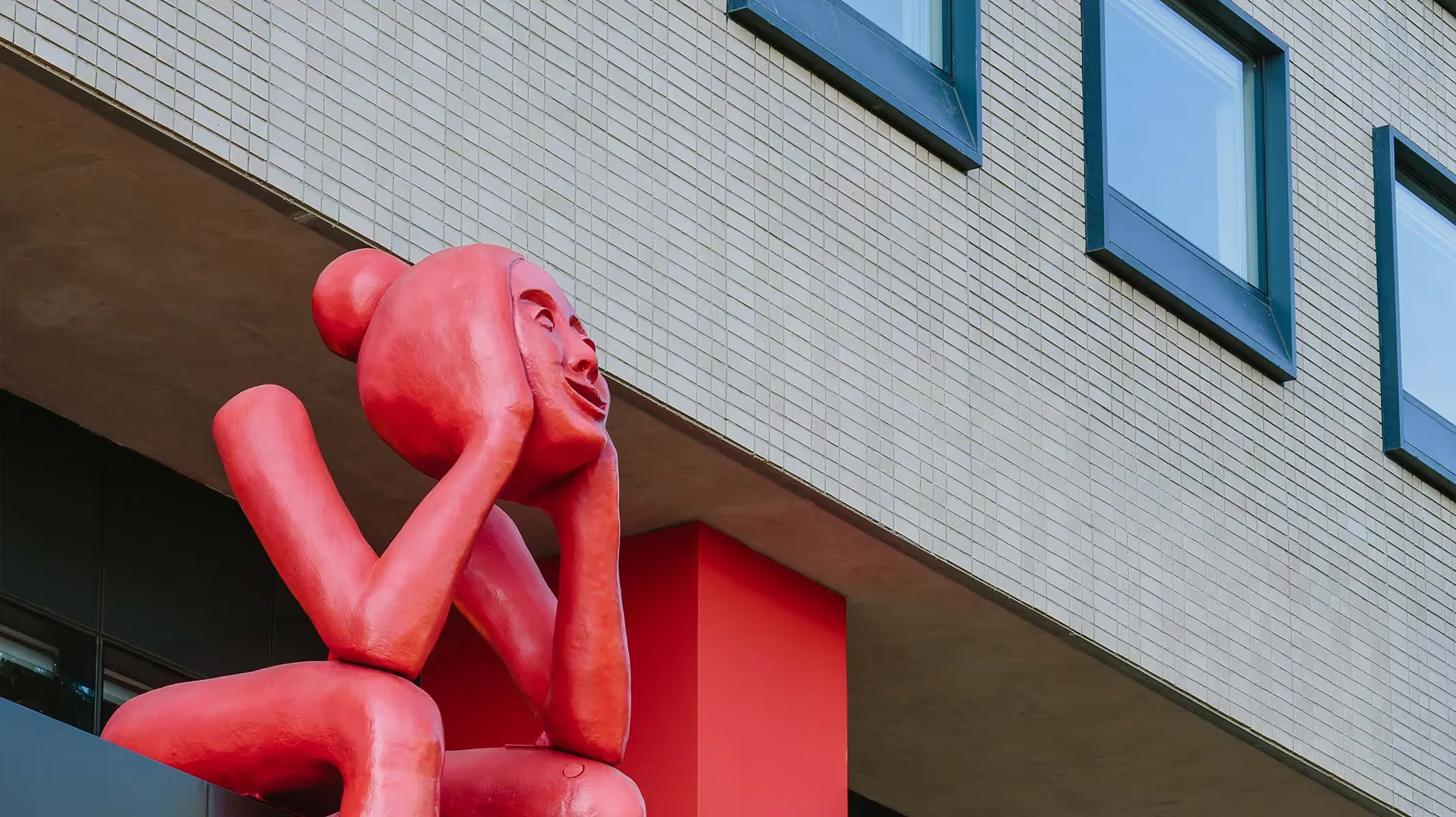
.avif)

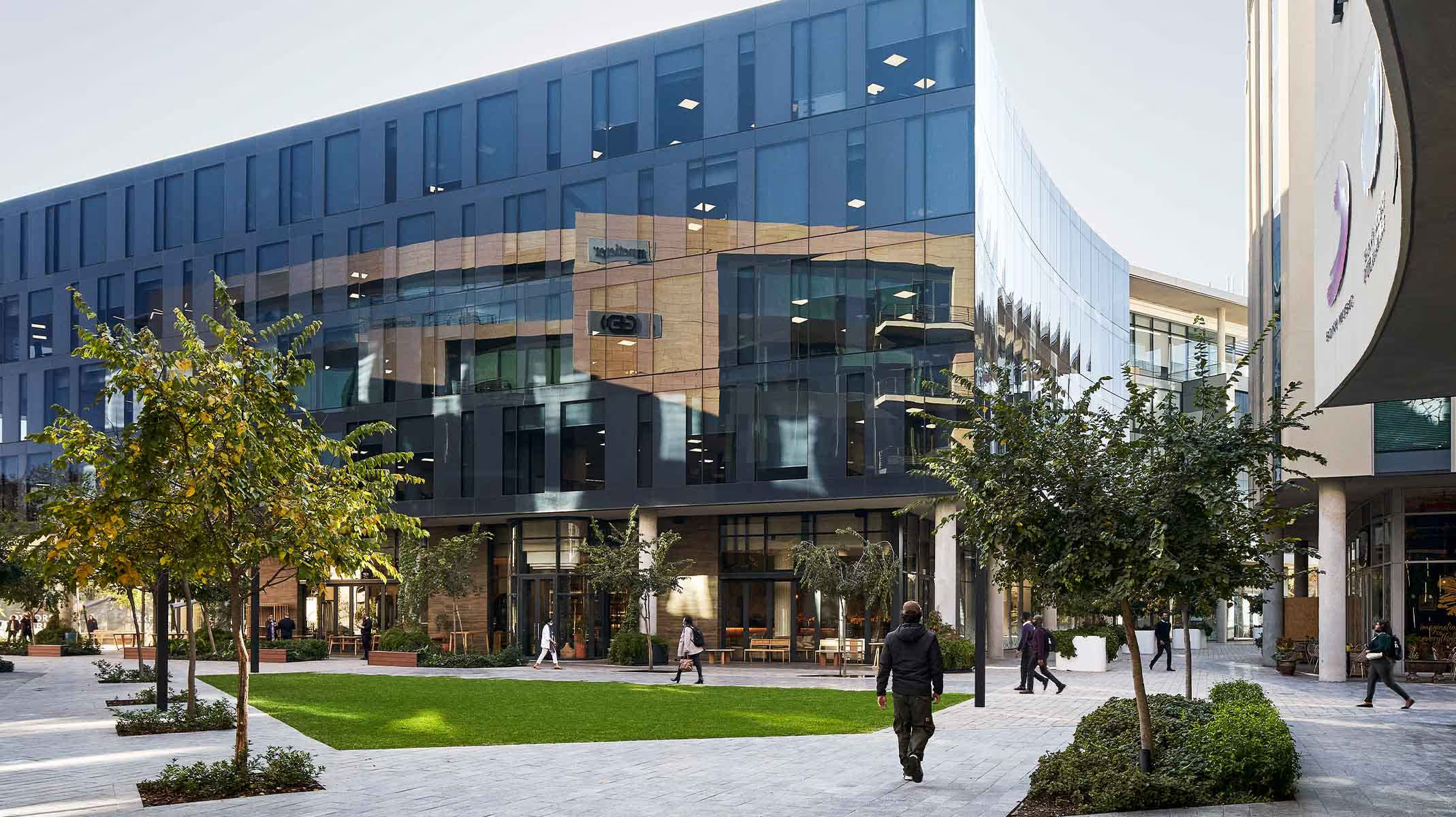





%20(cover).avif)
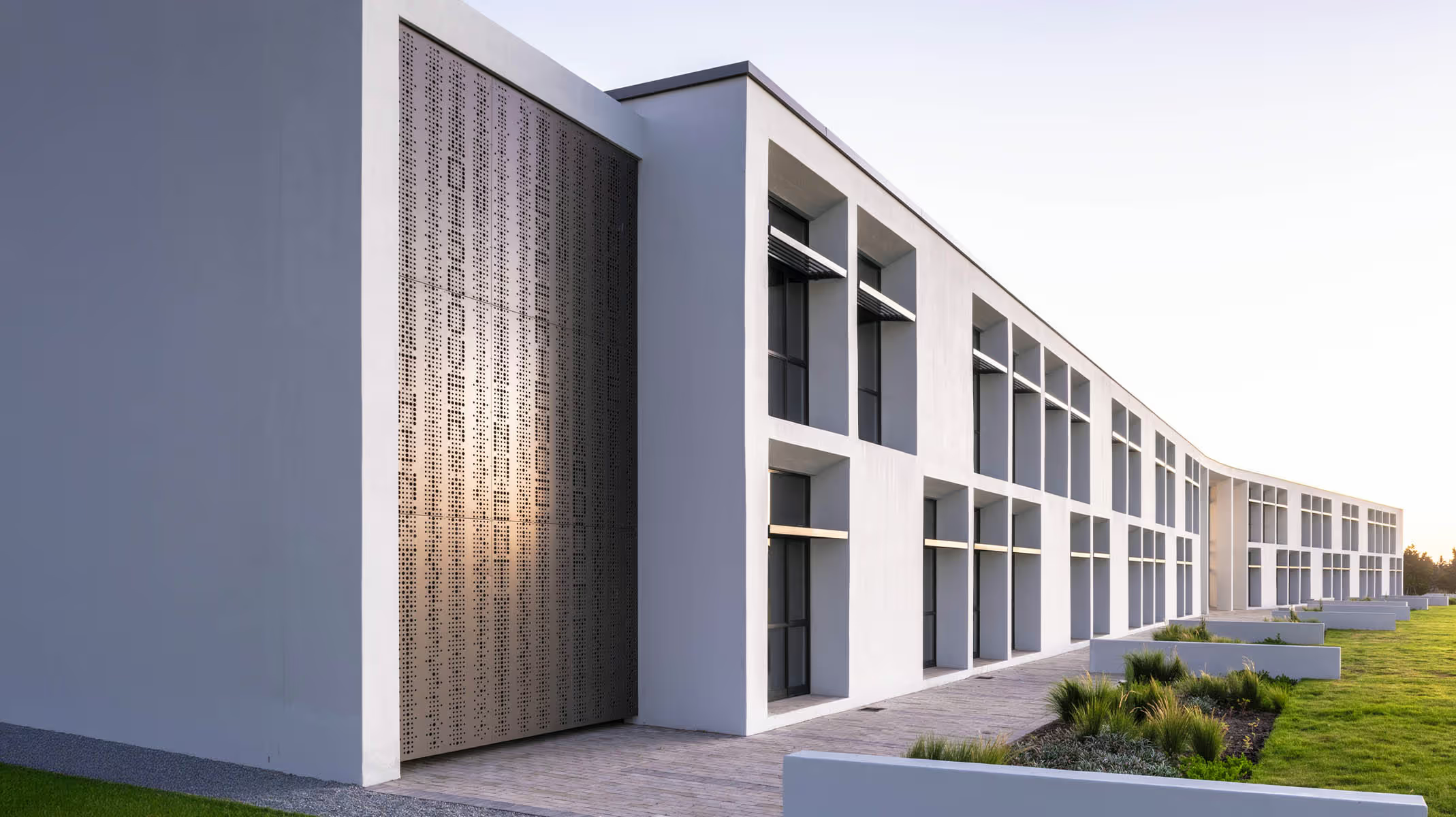
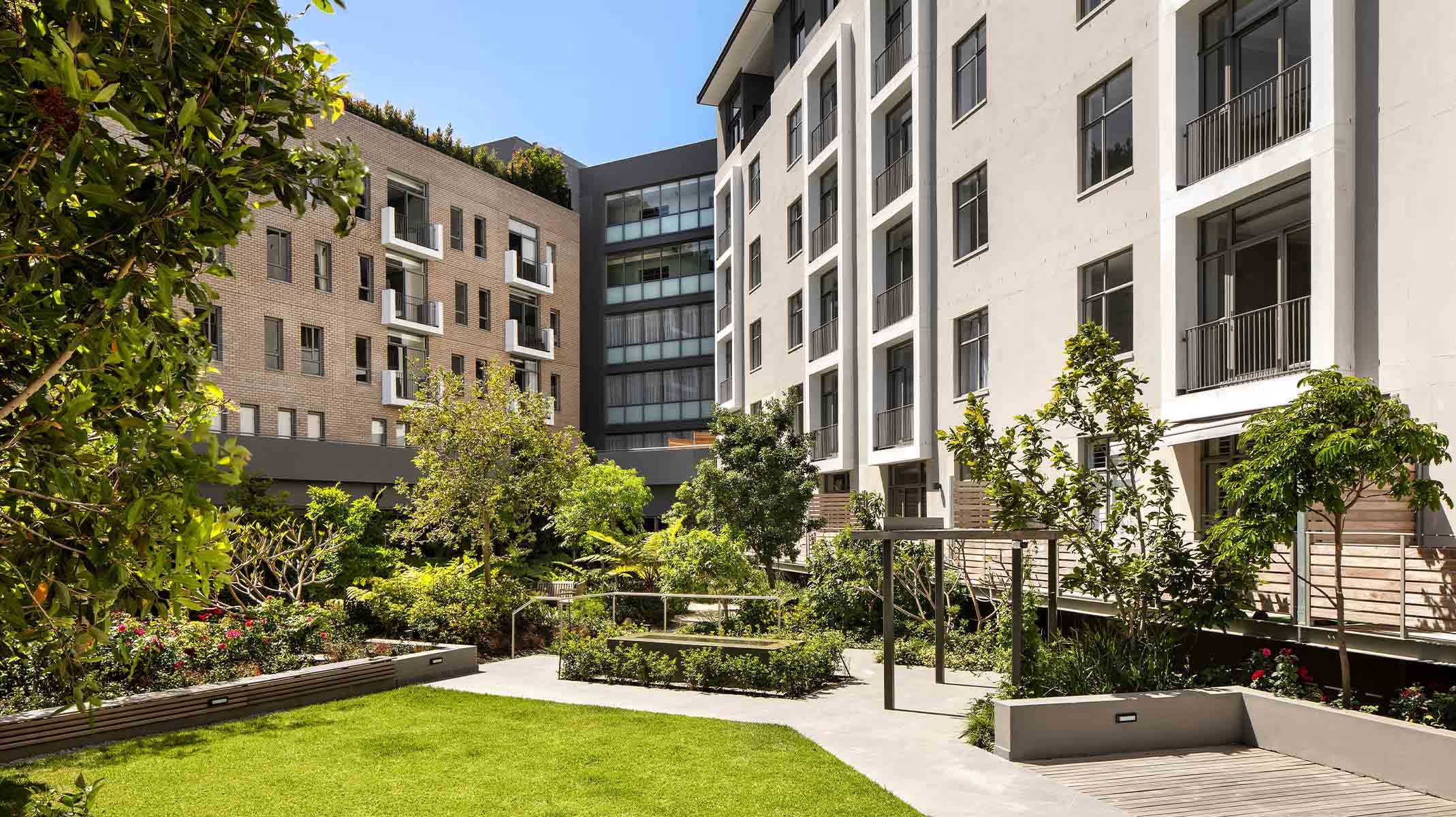
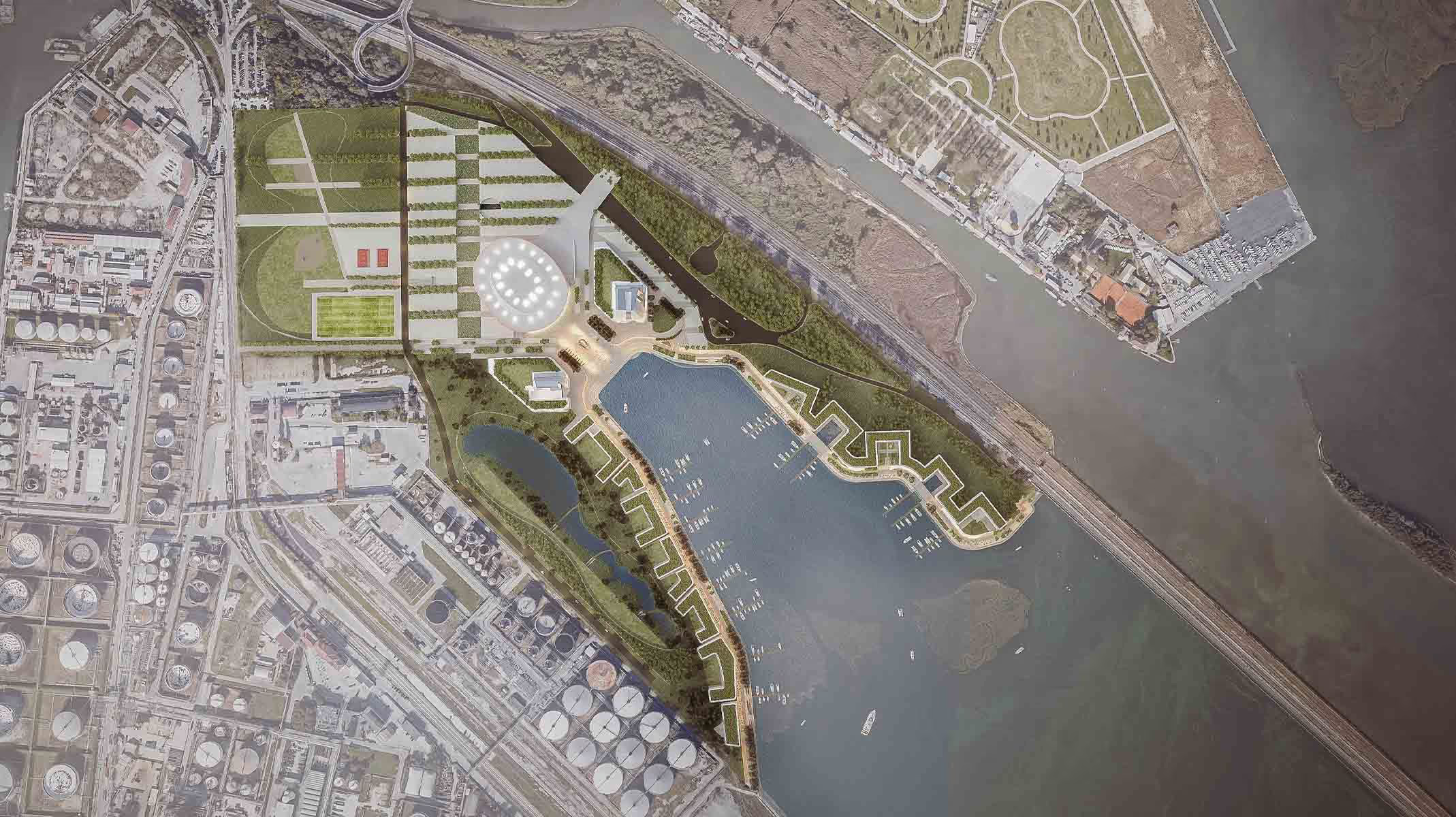



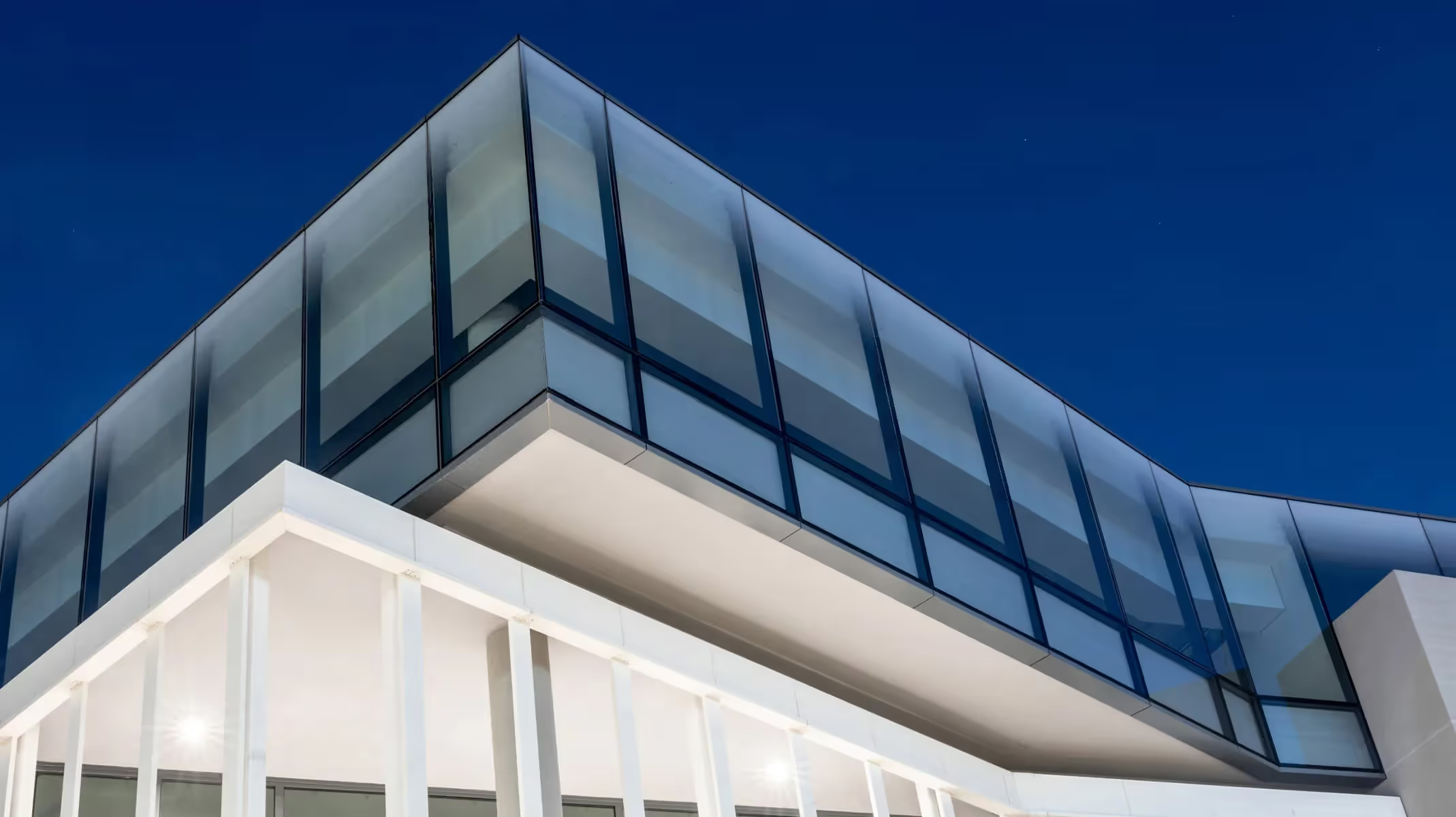
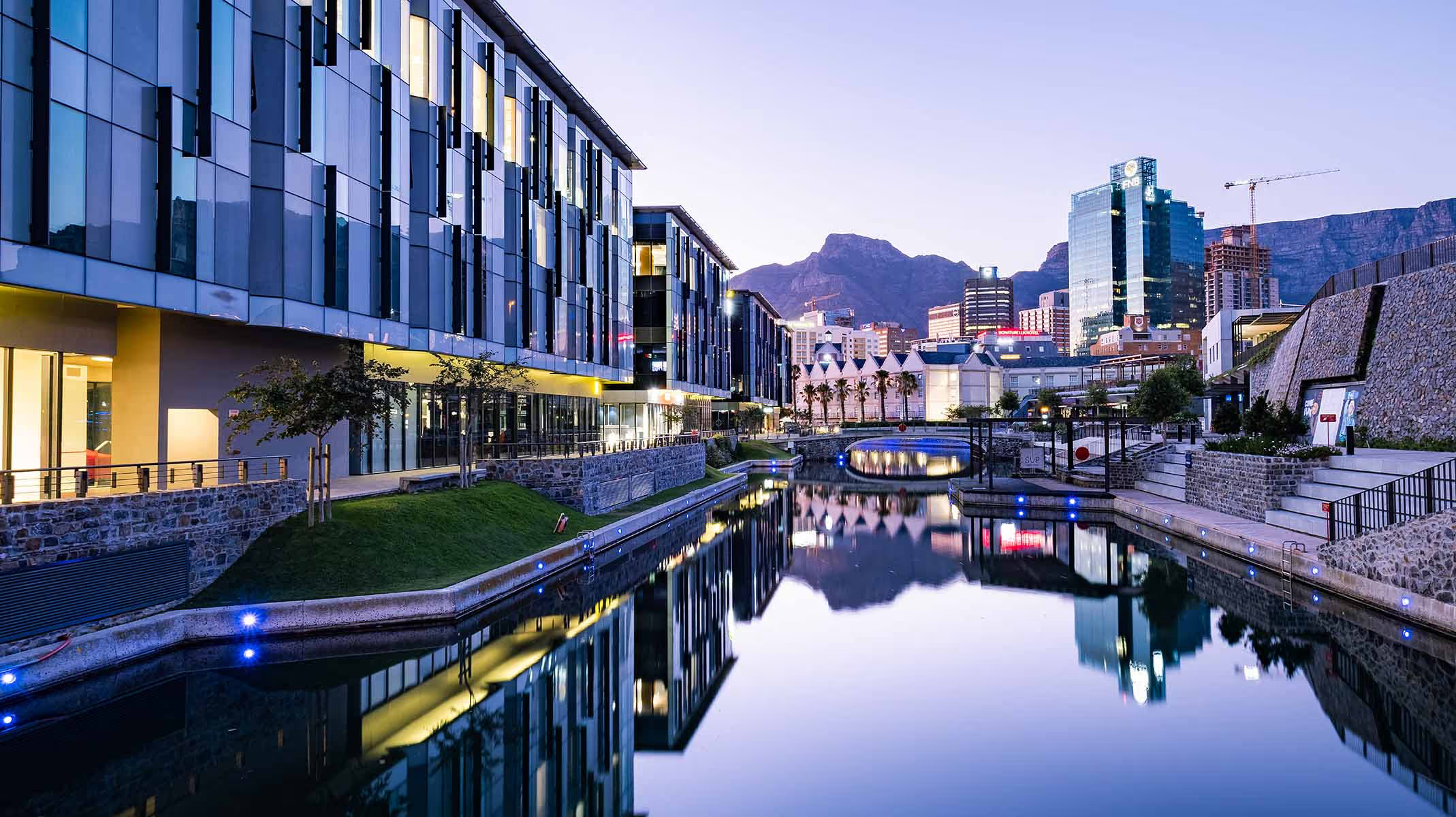
.avif)



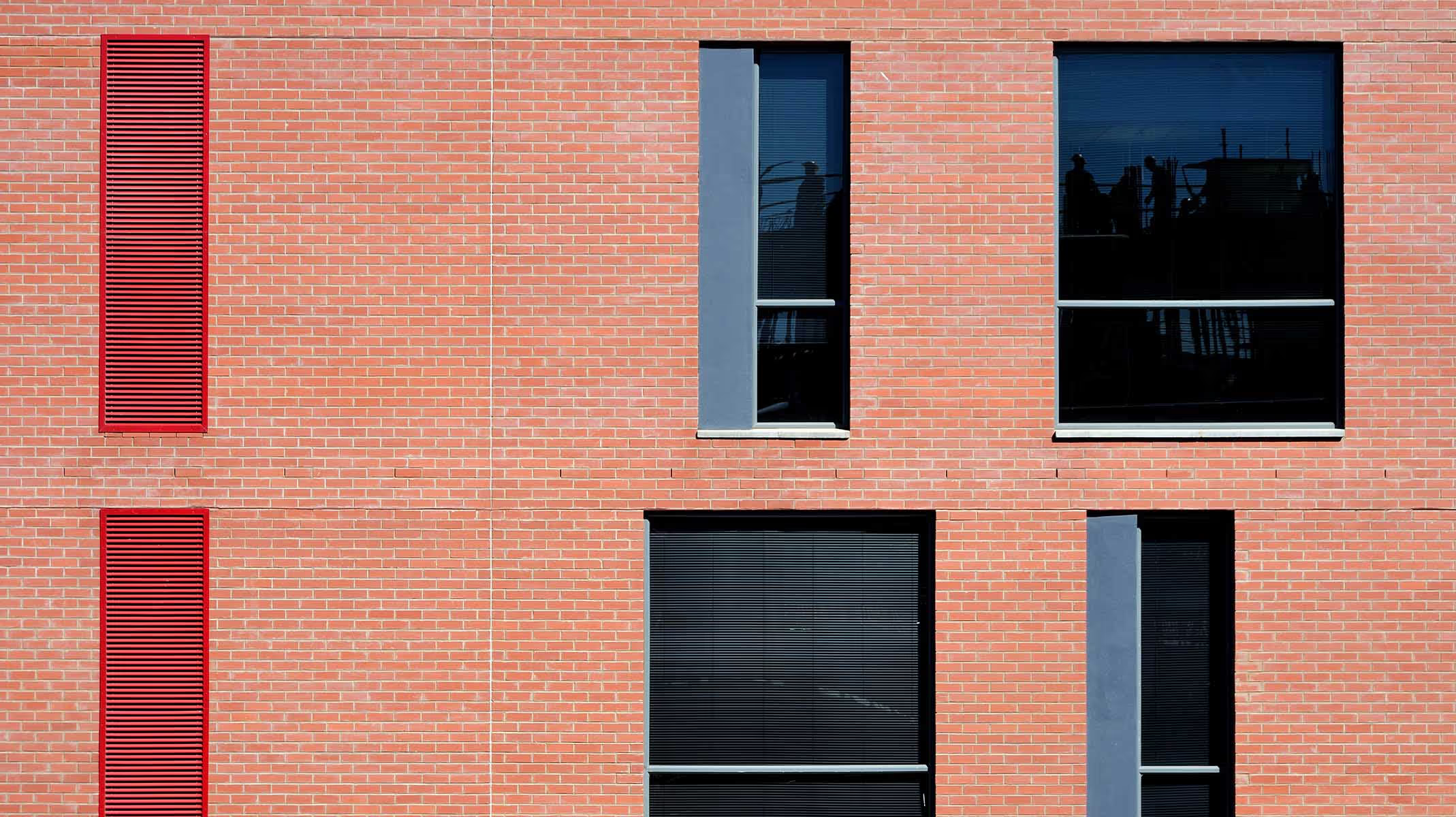

.avif)
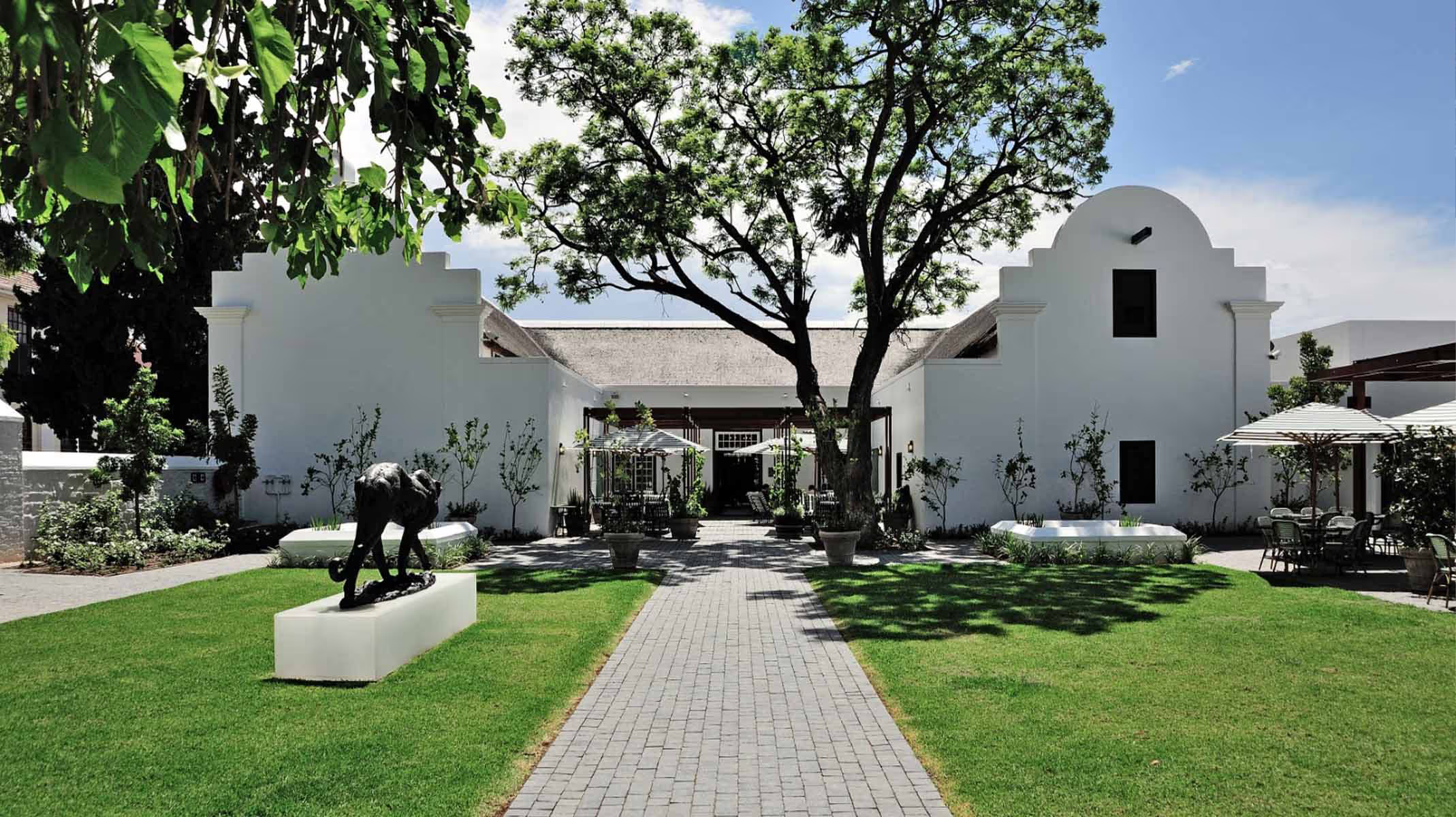
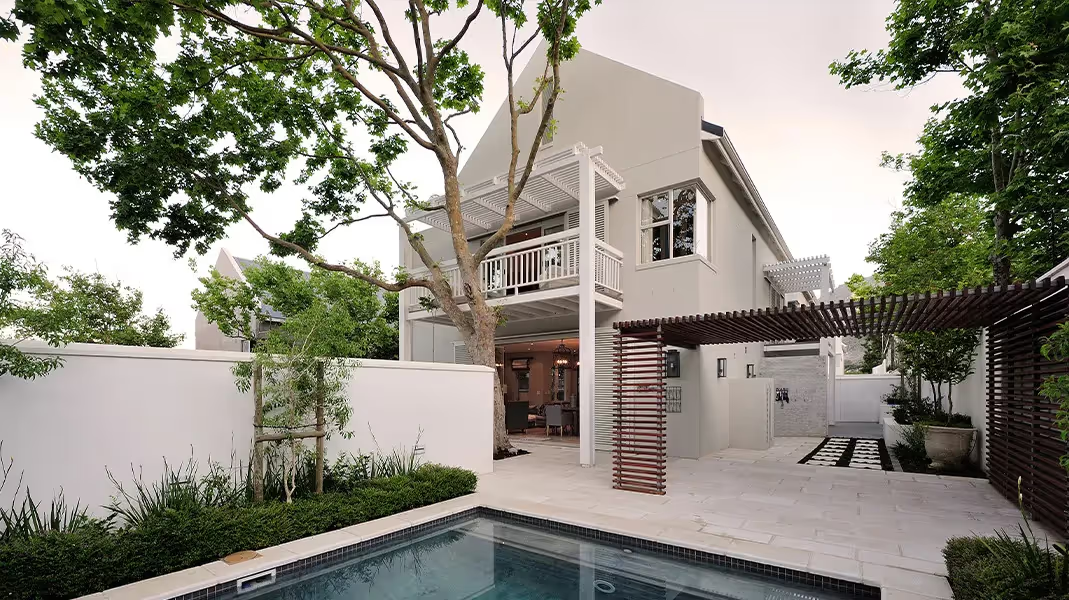
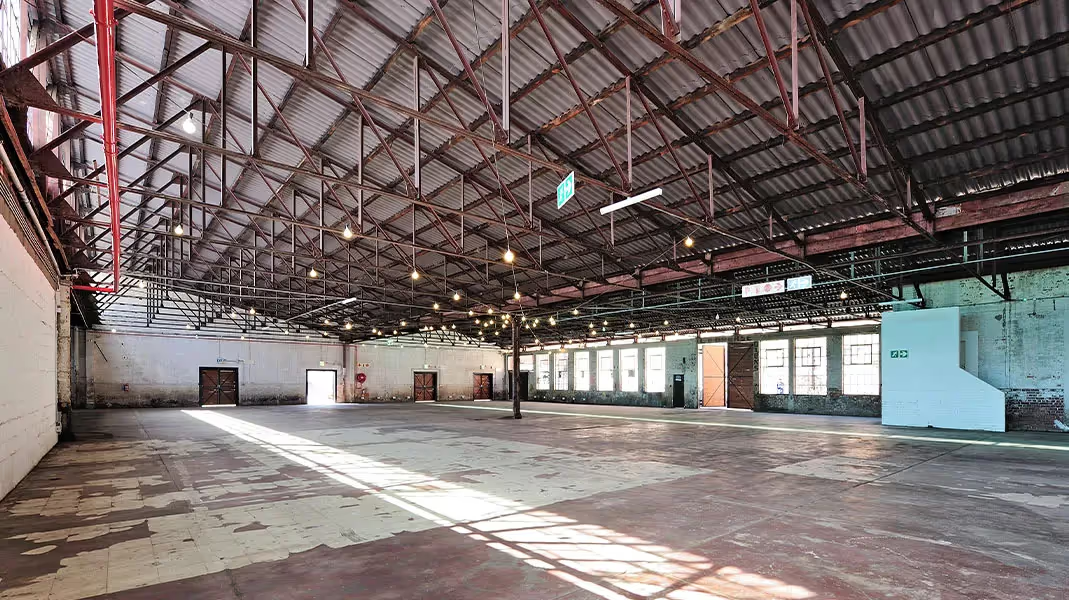
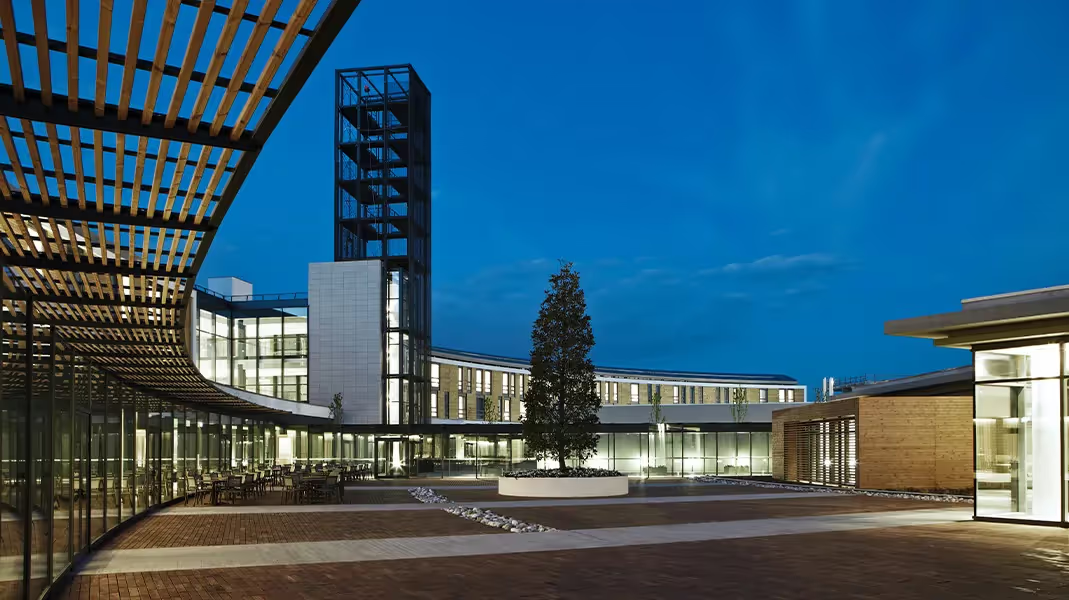

.avif)
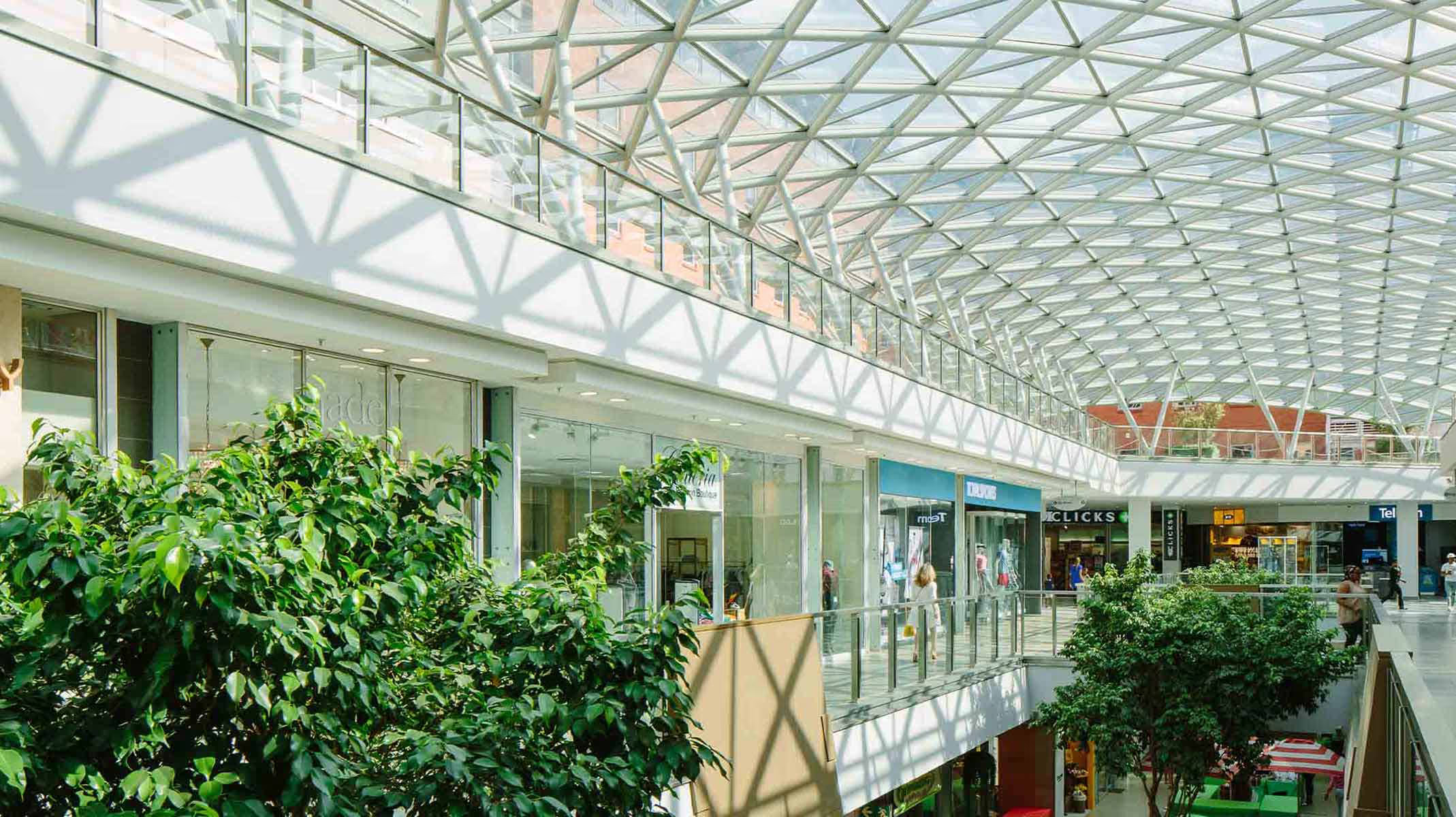

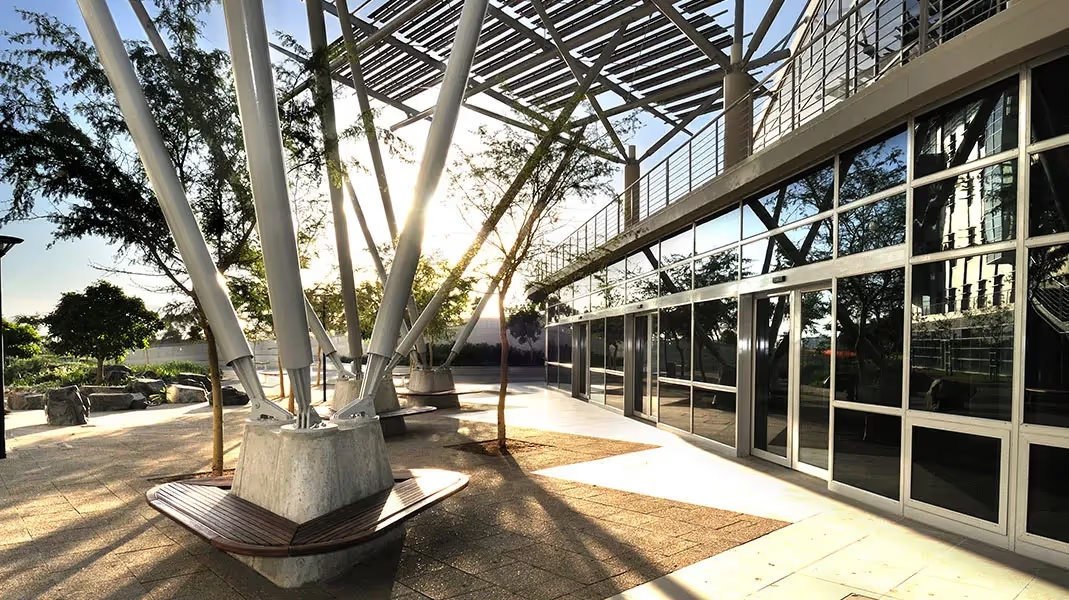
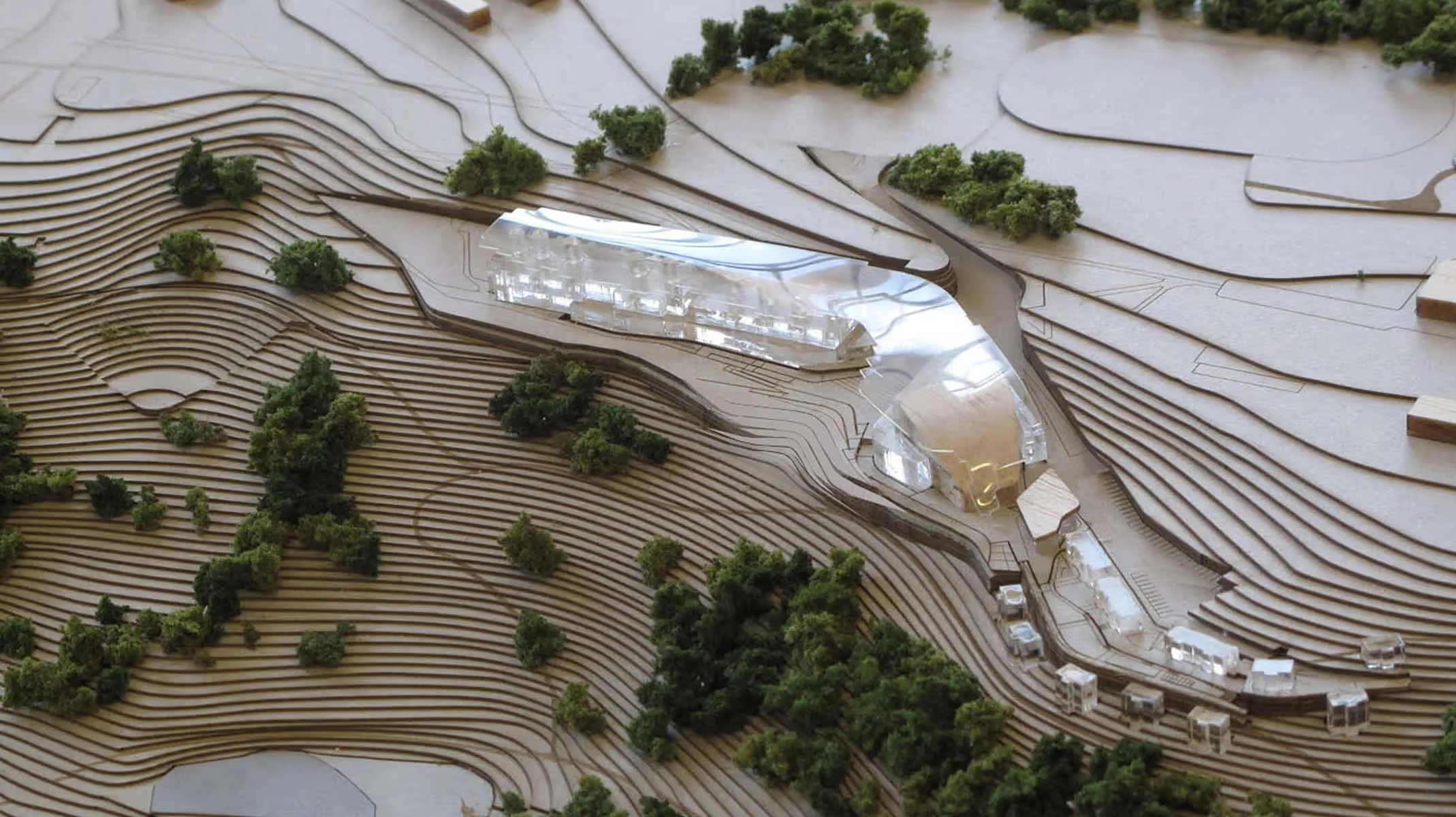
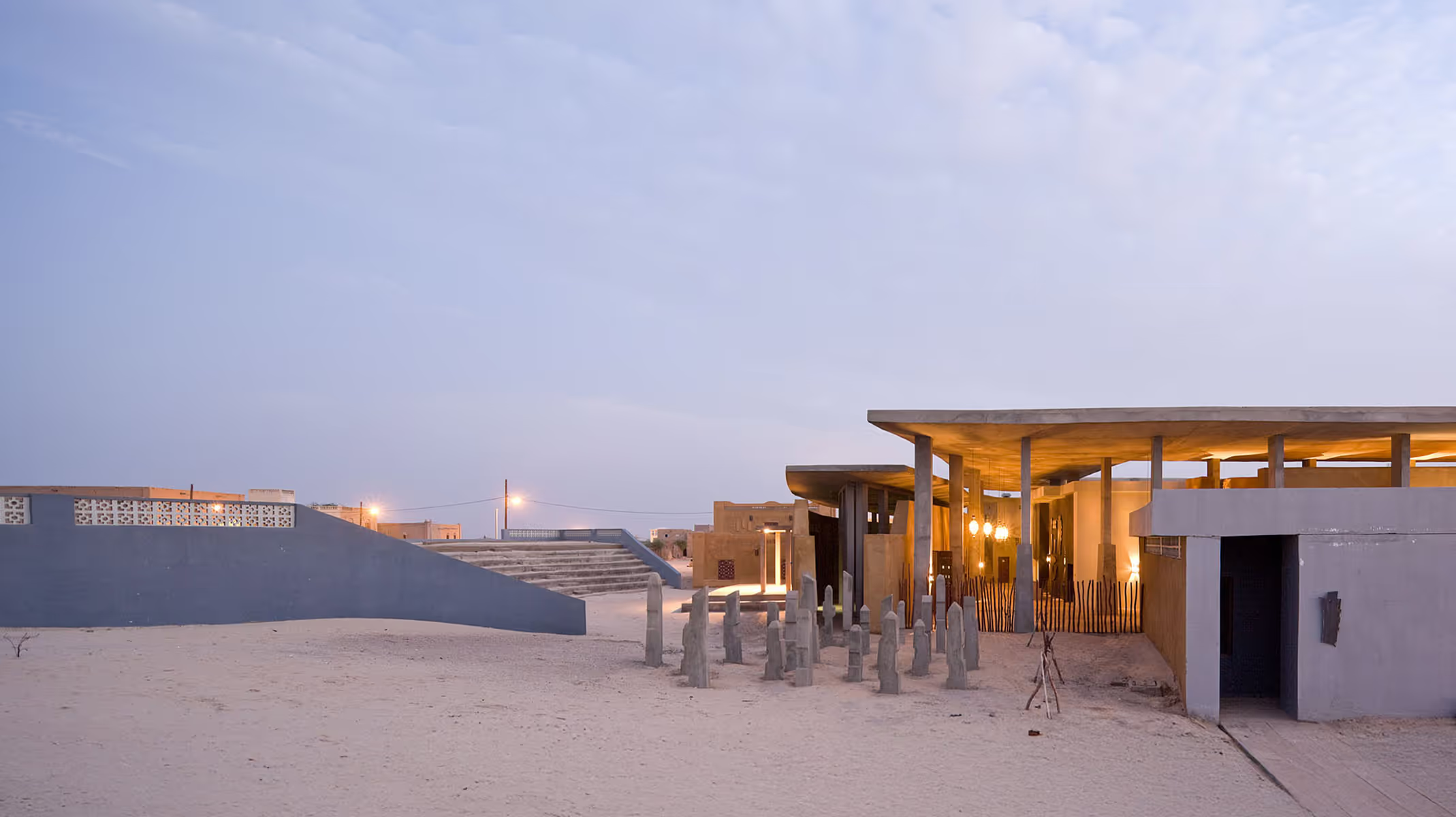
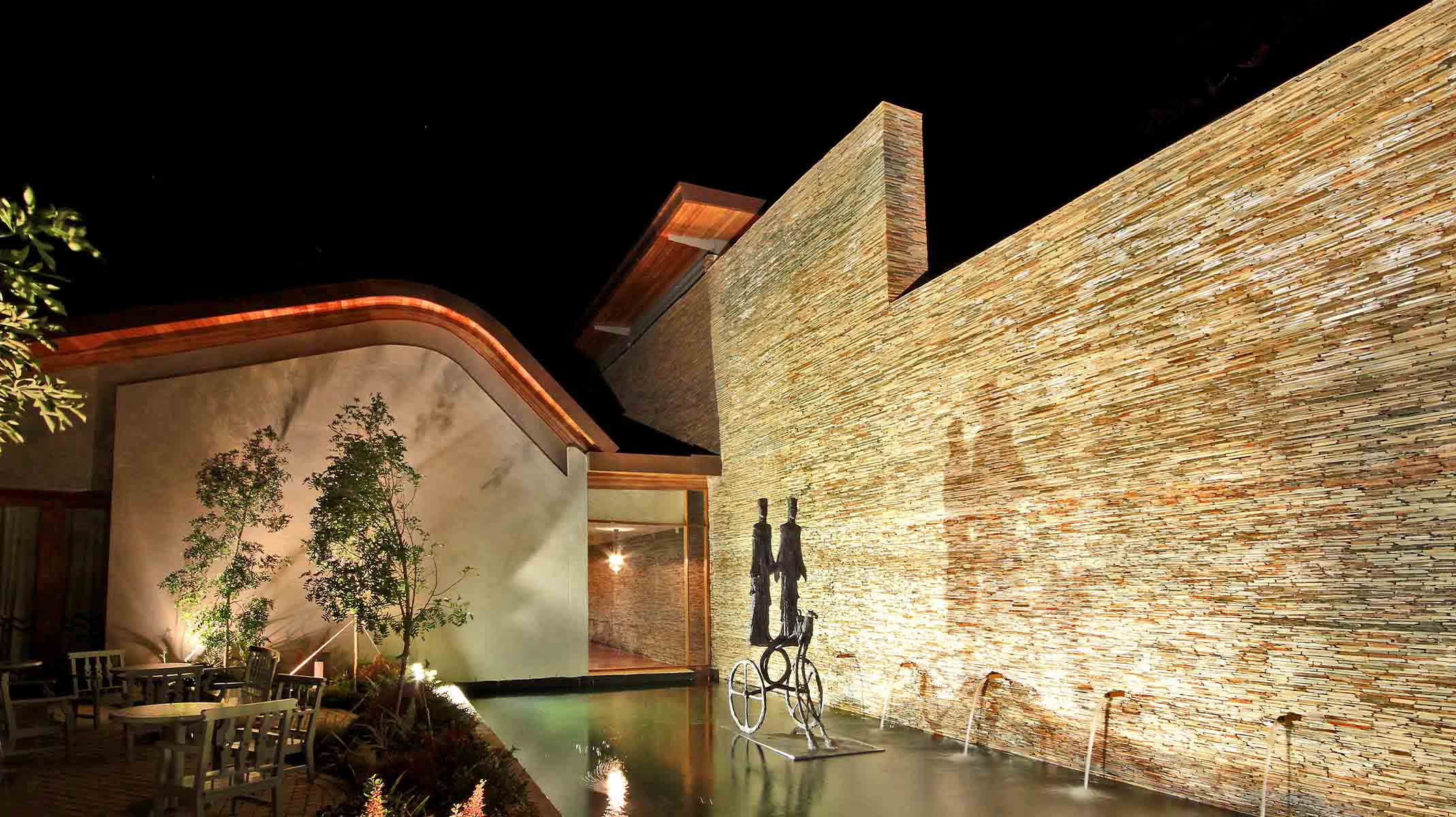
.avif)
